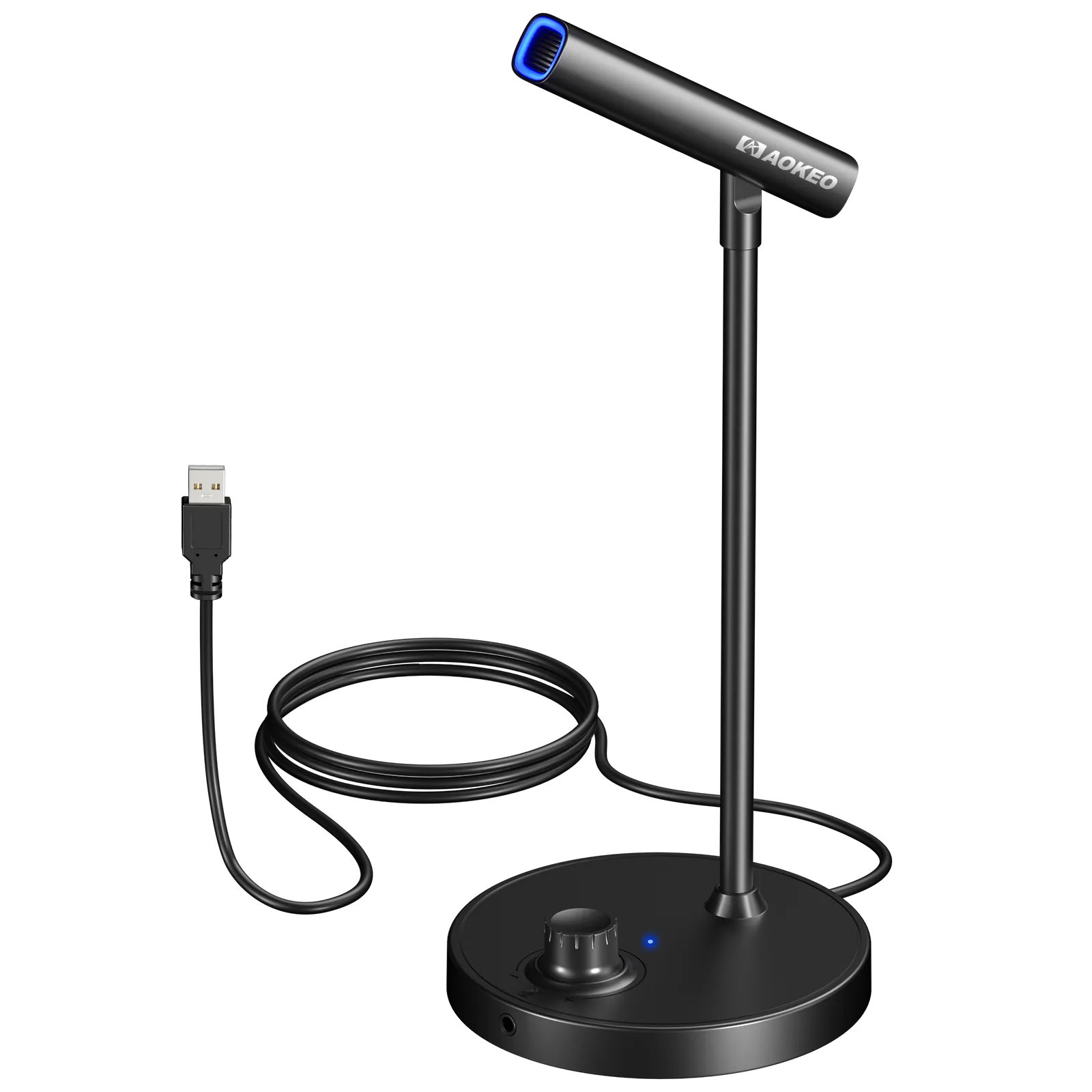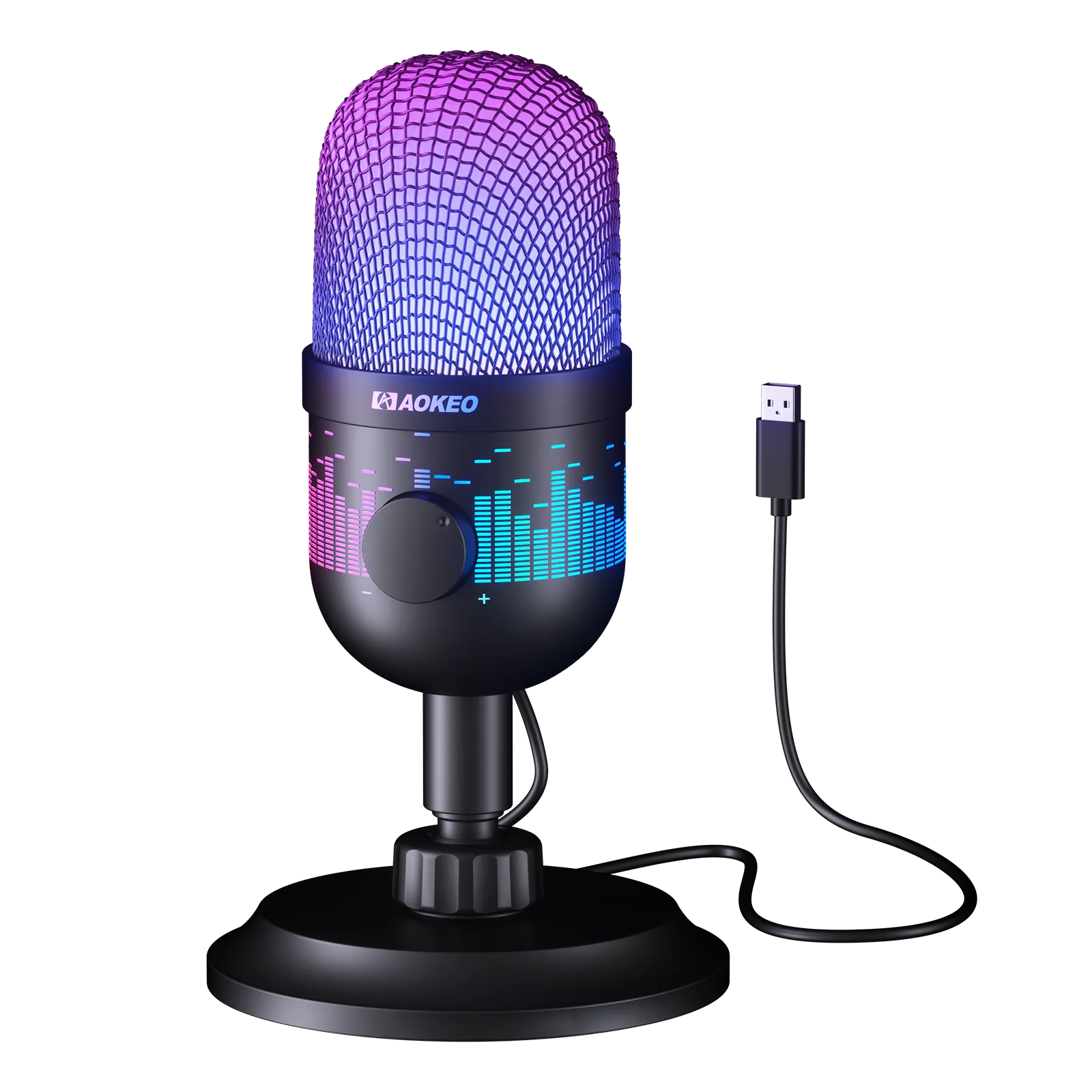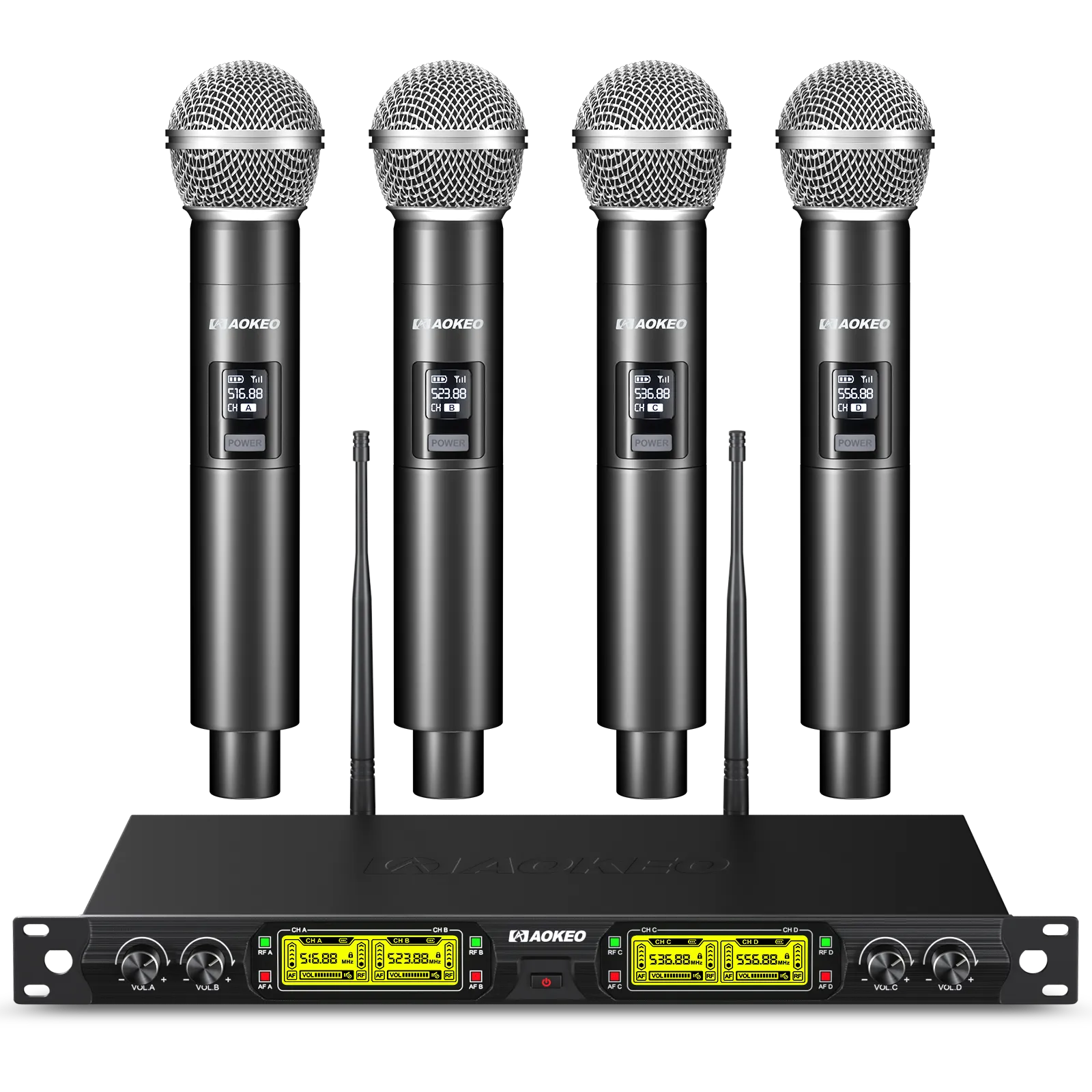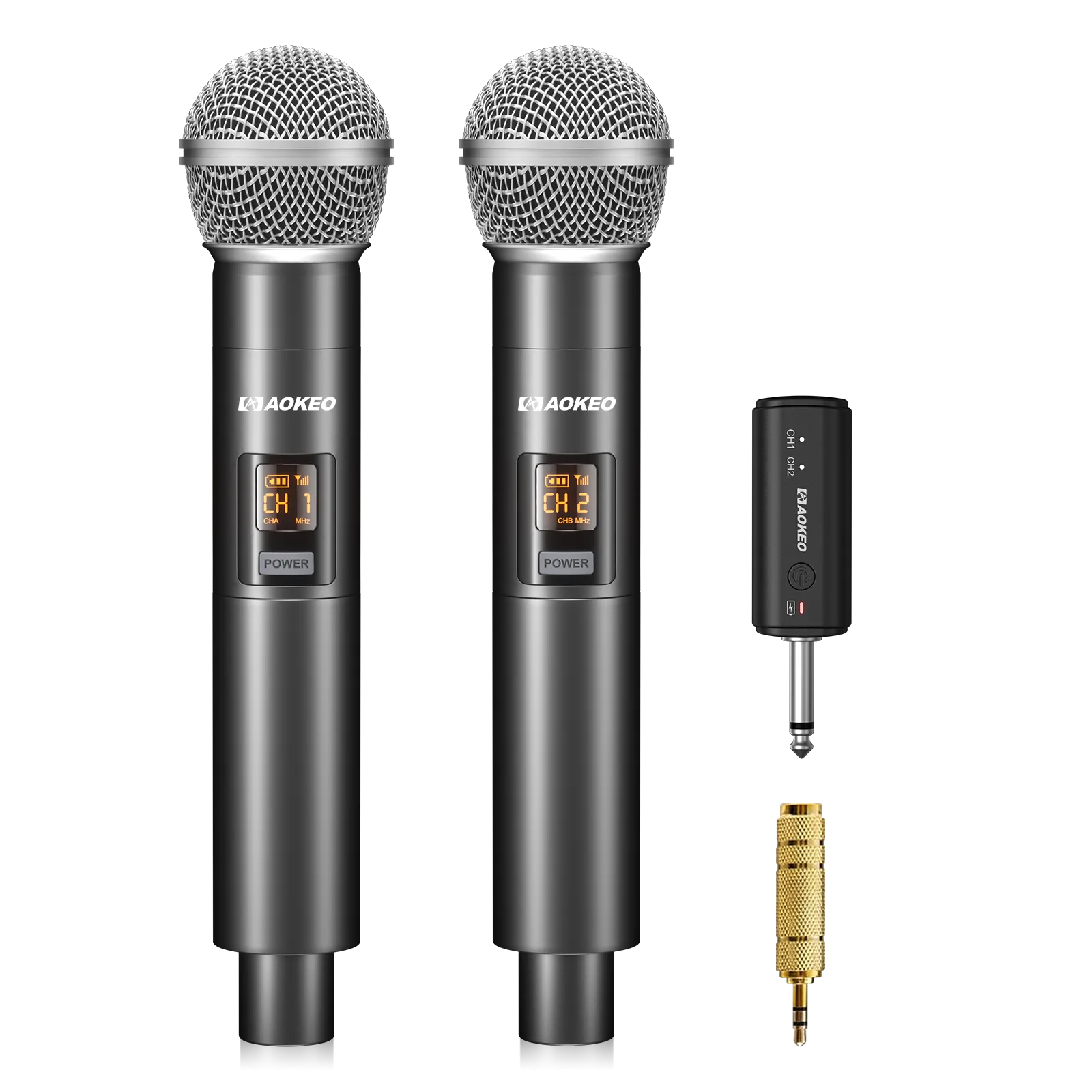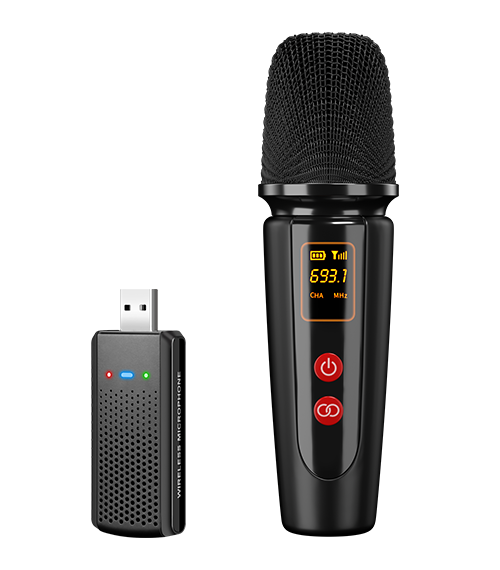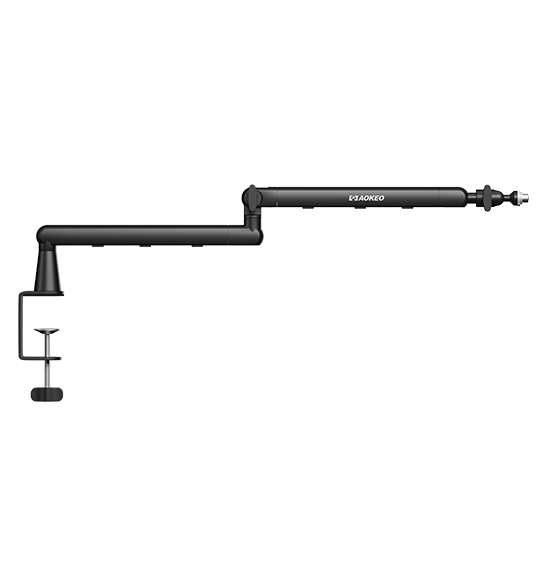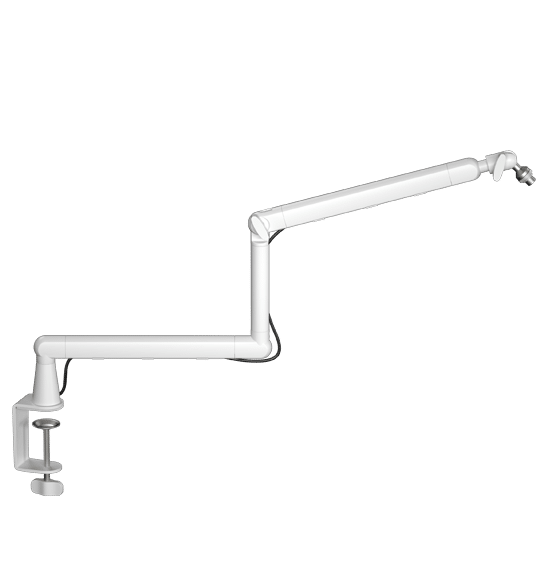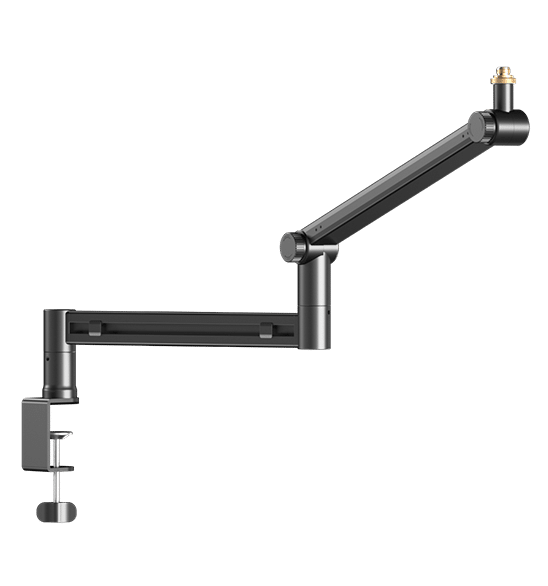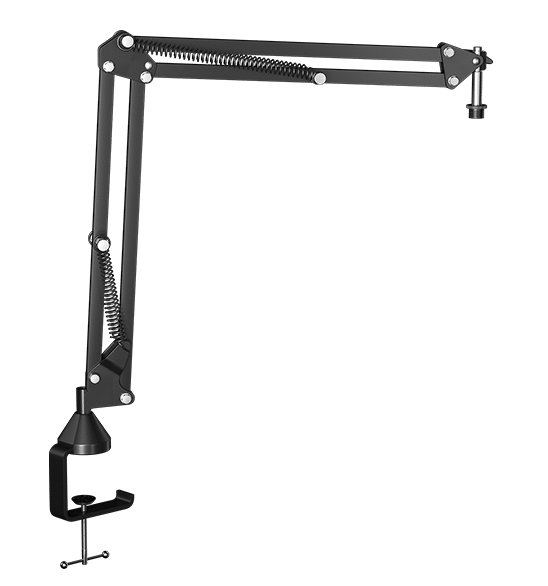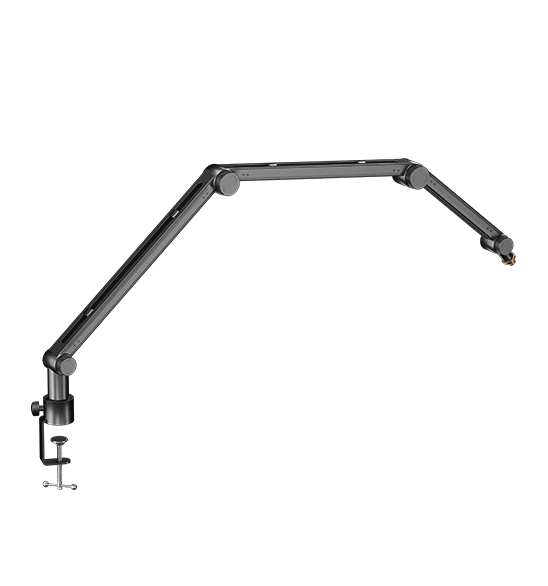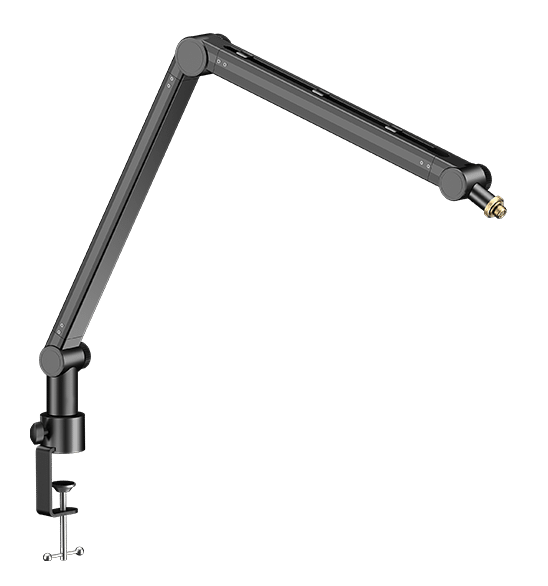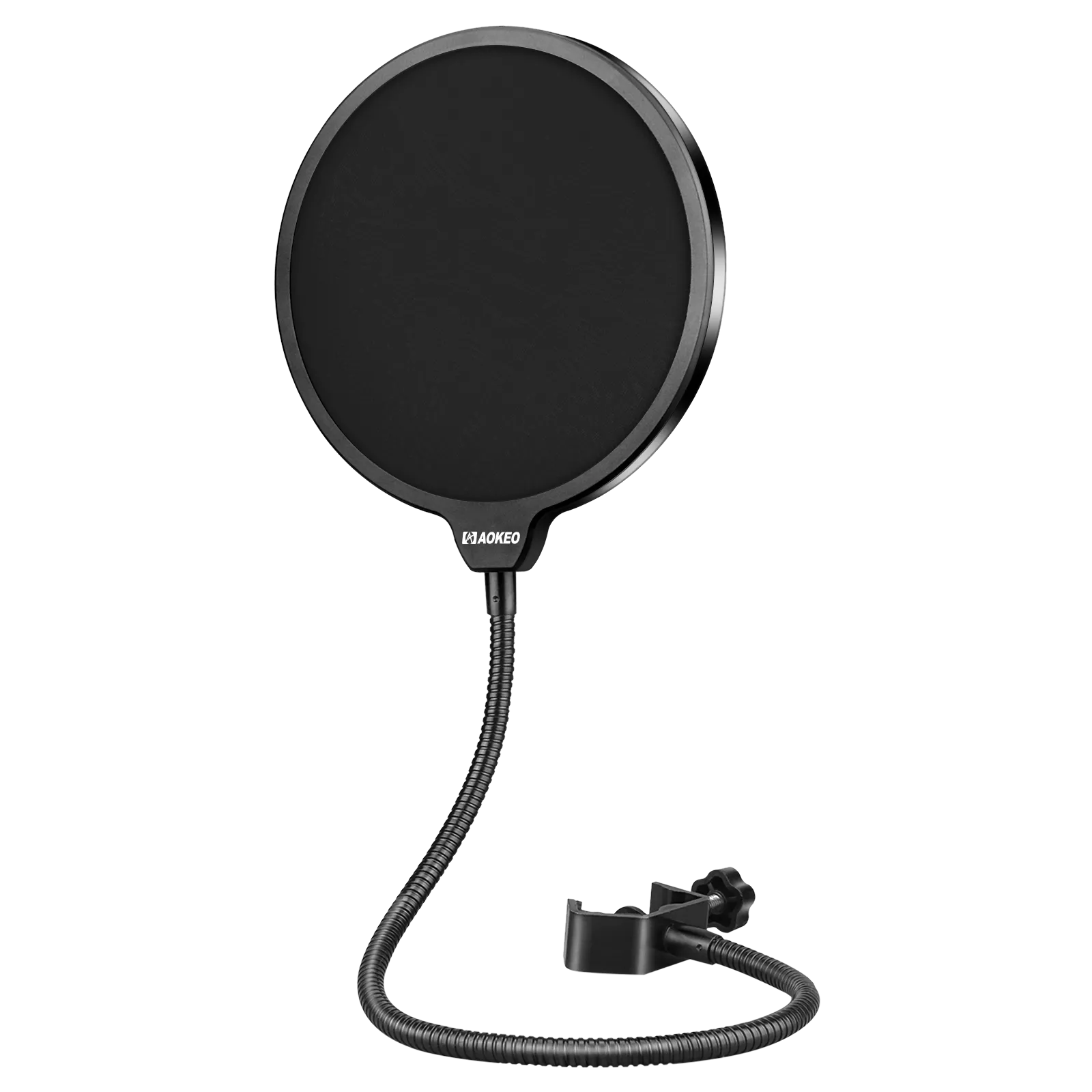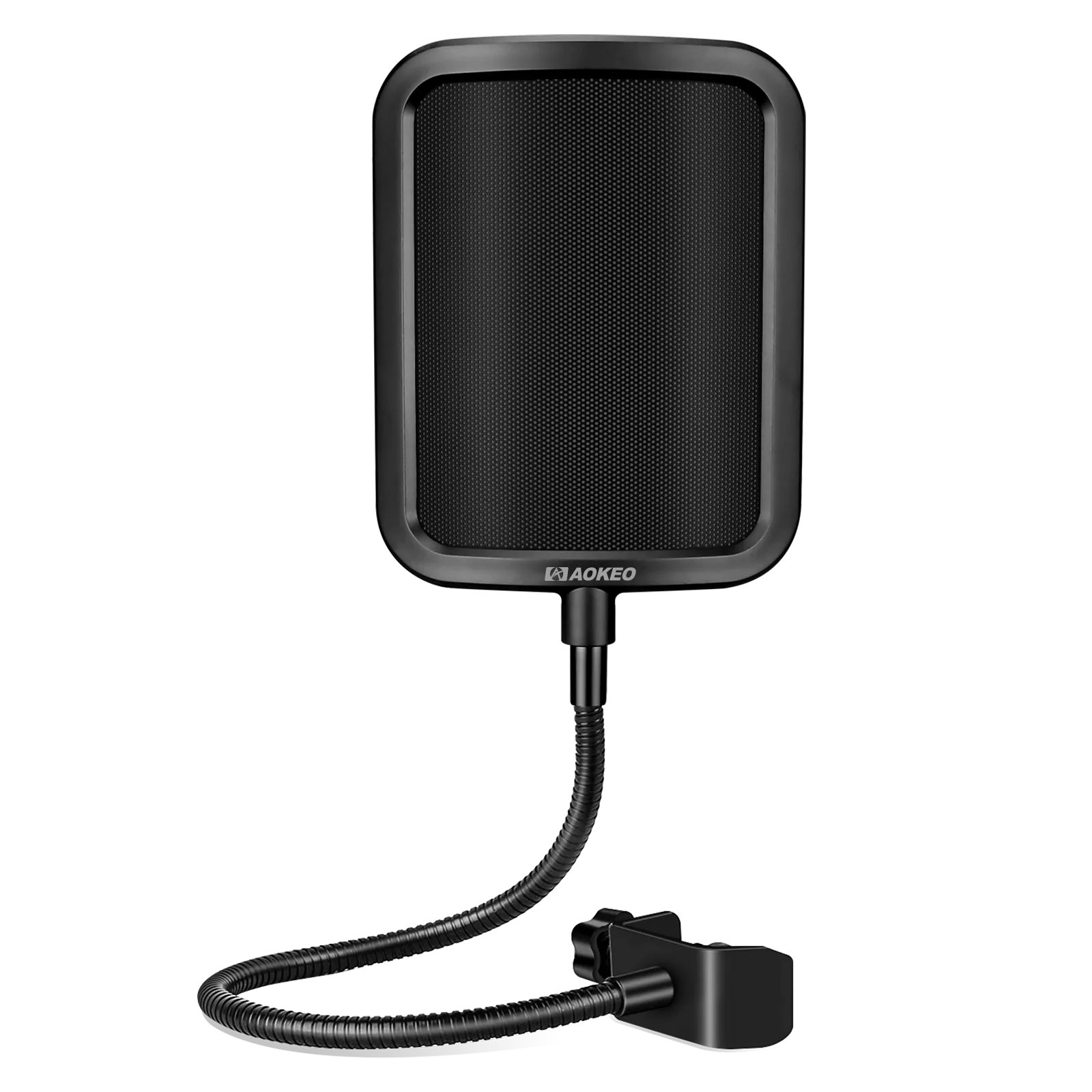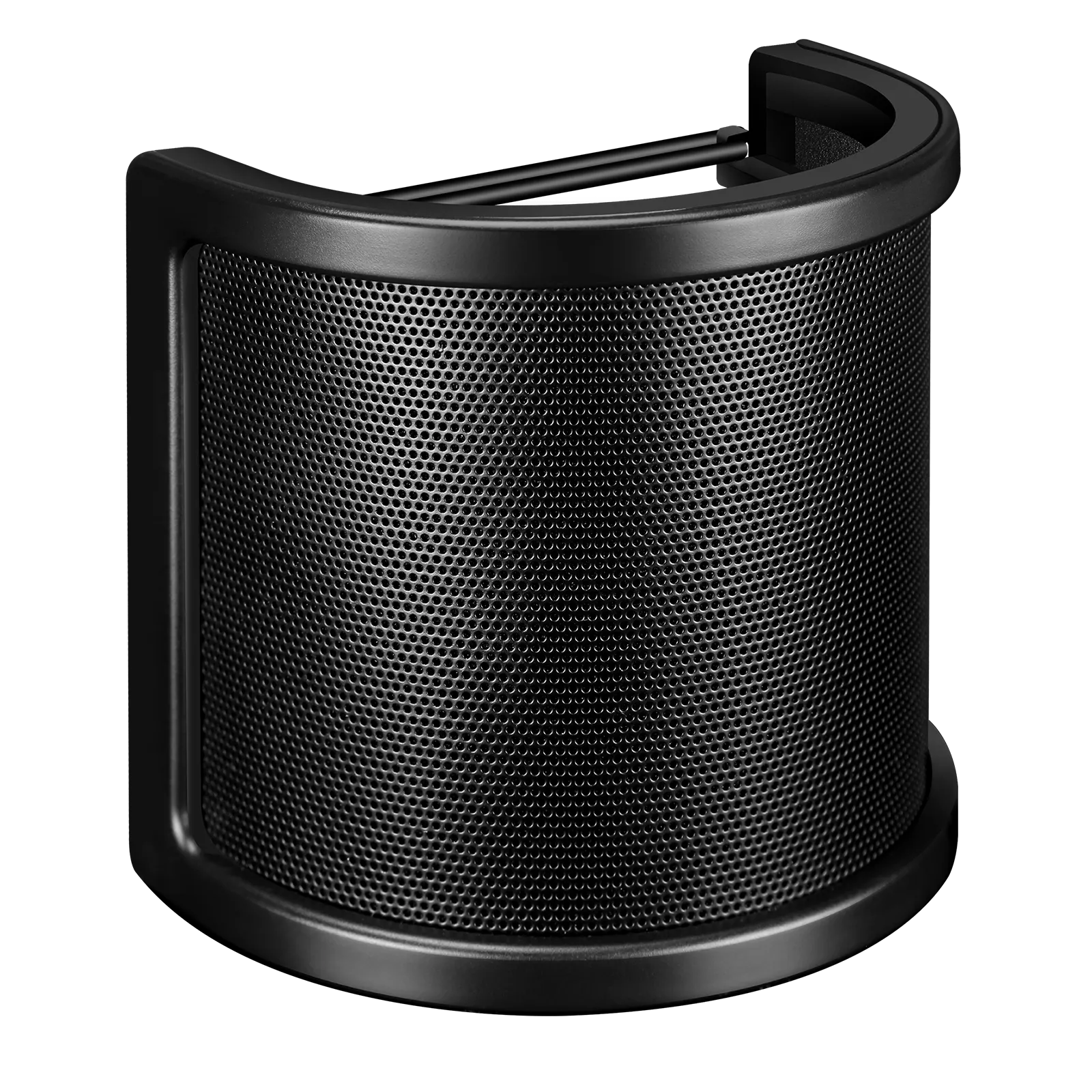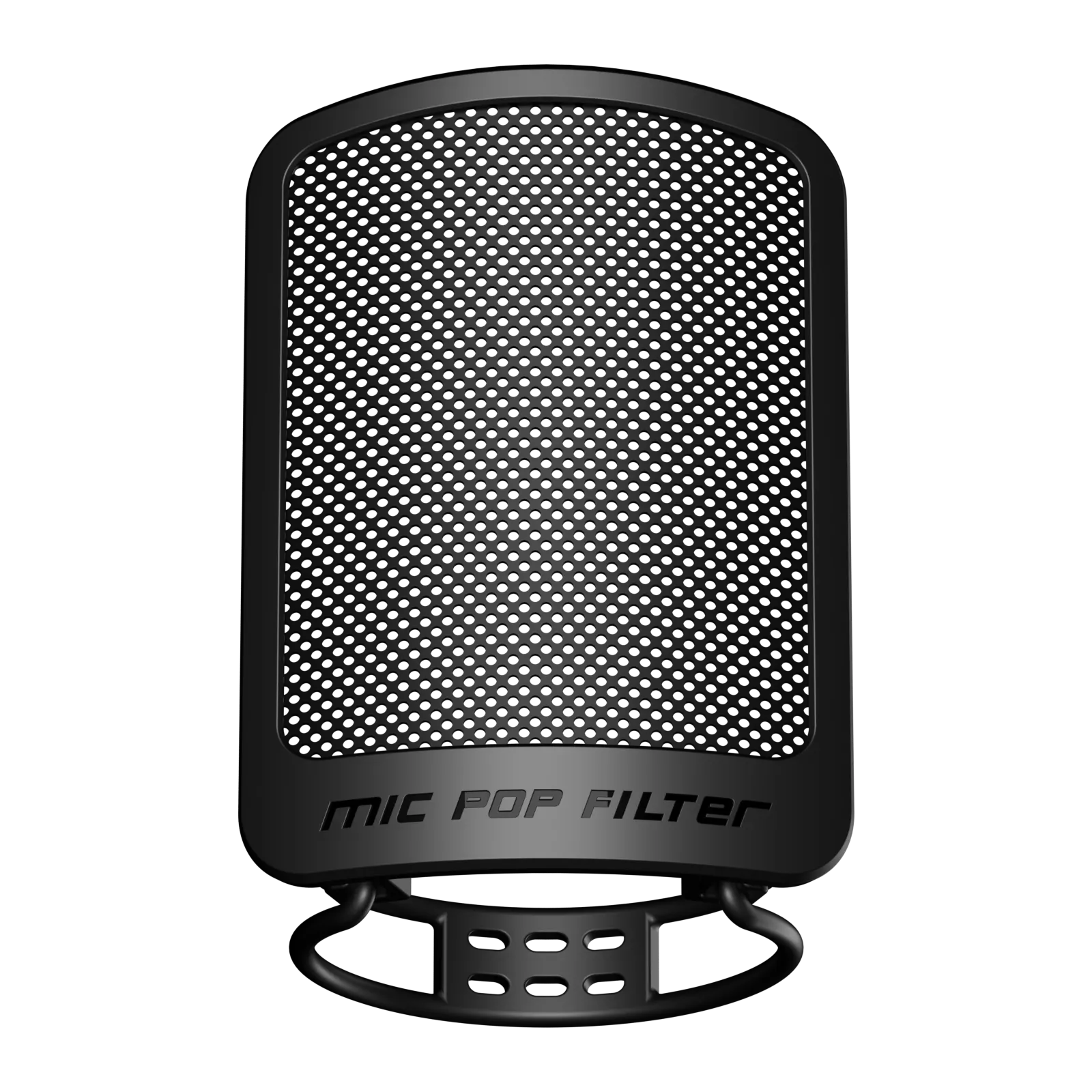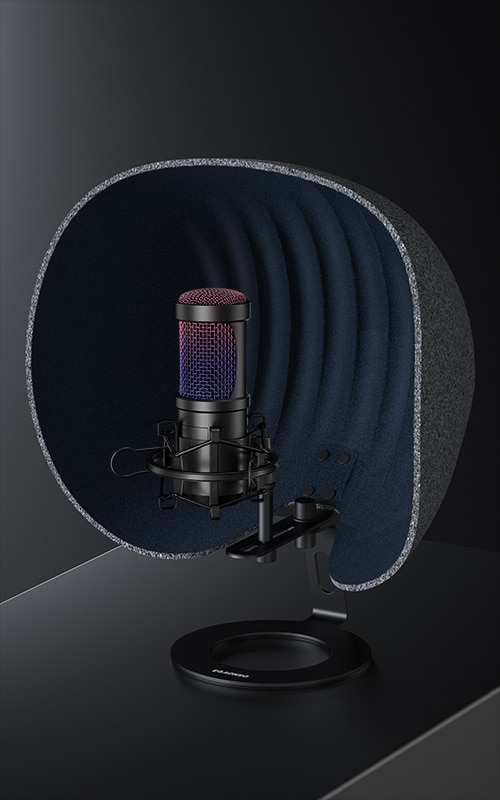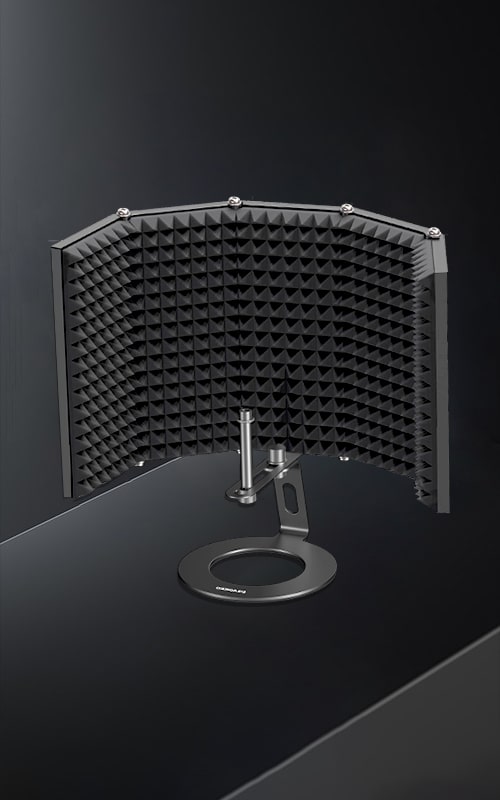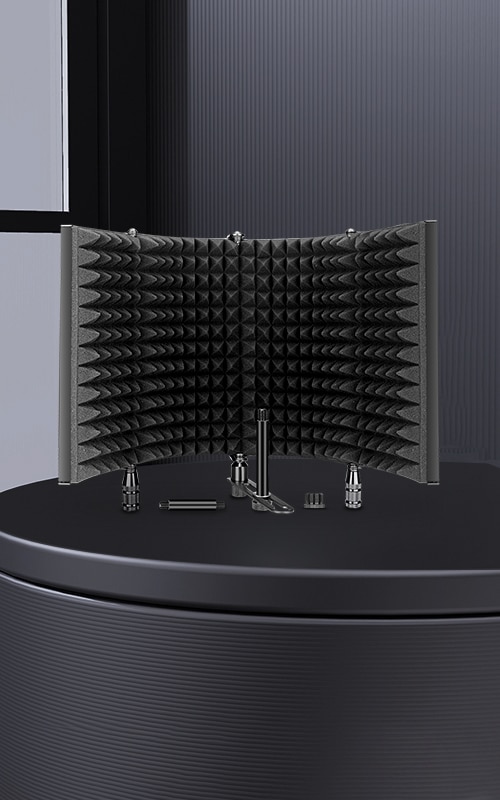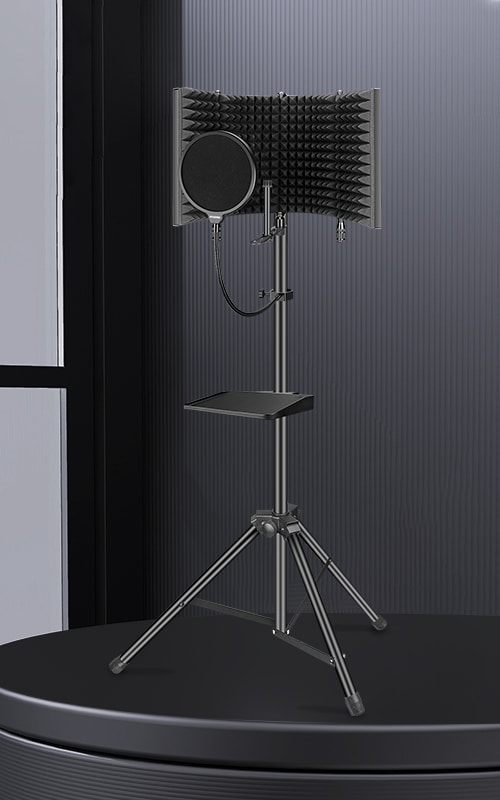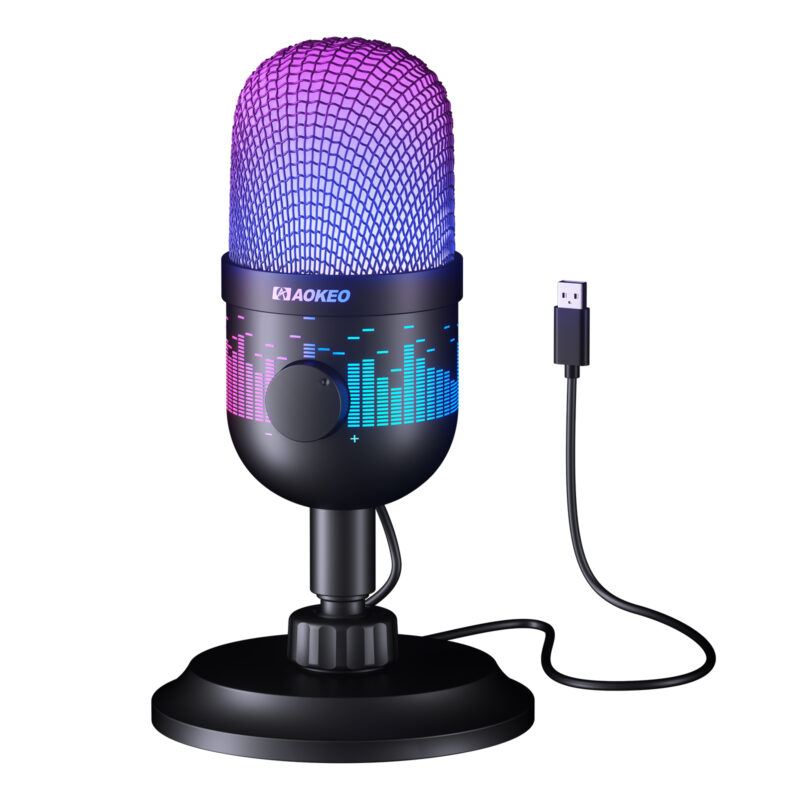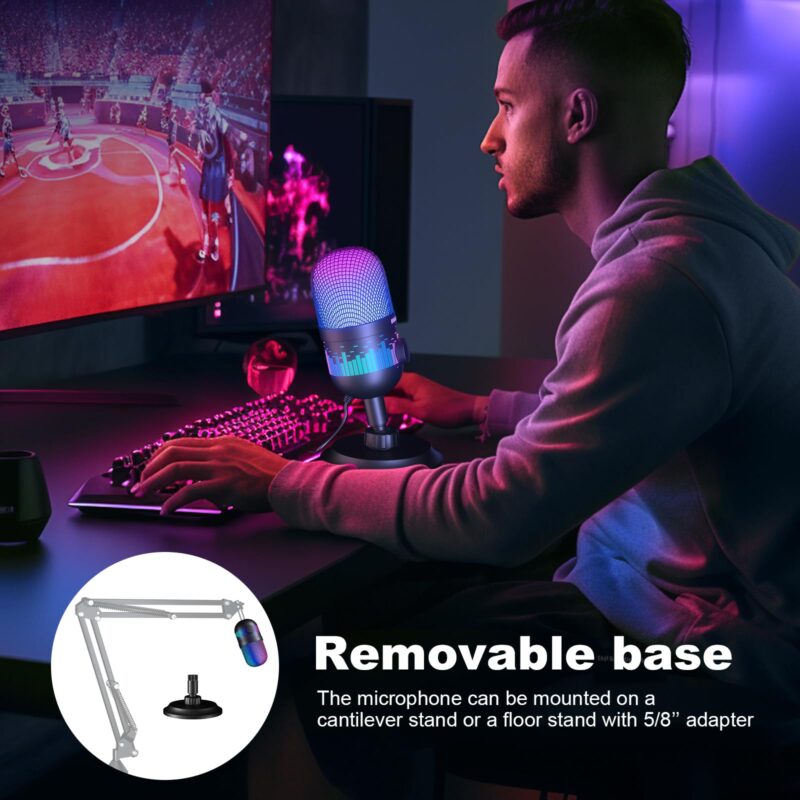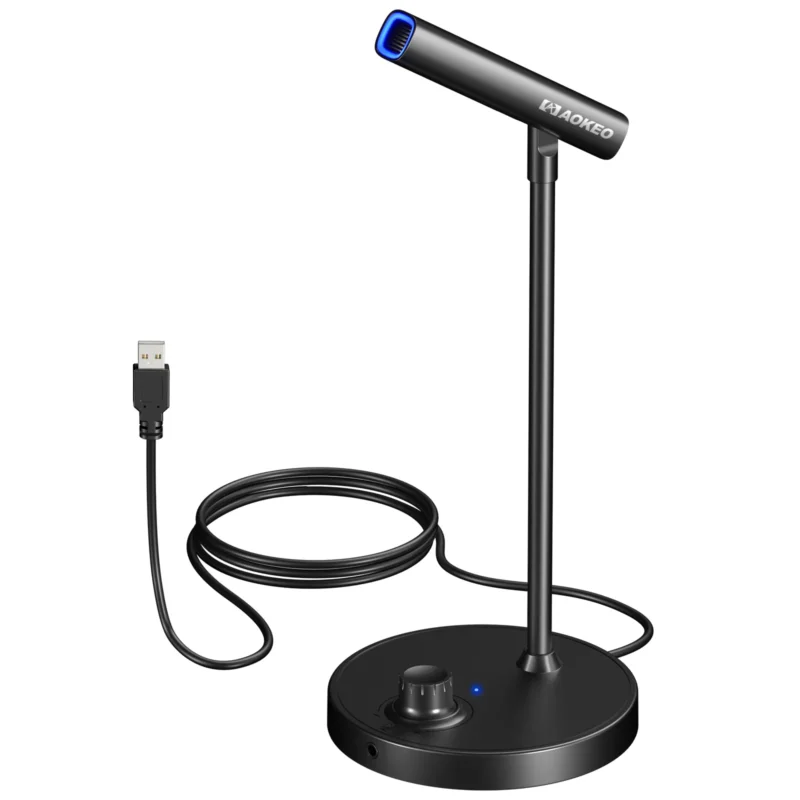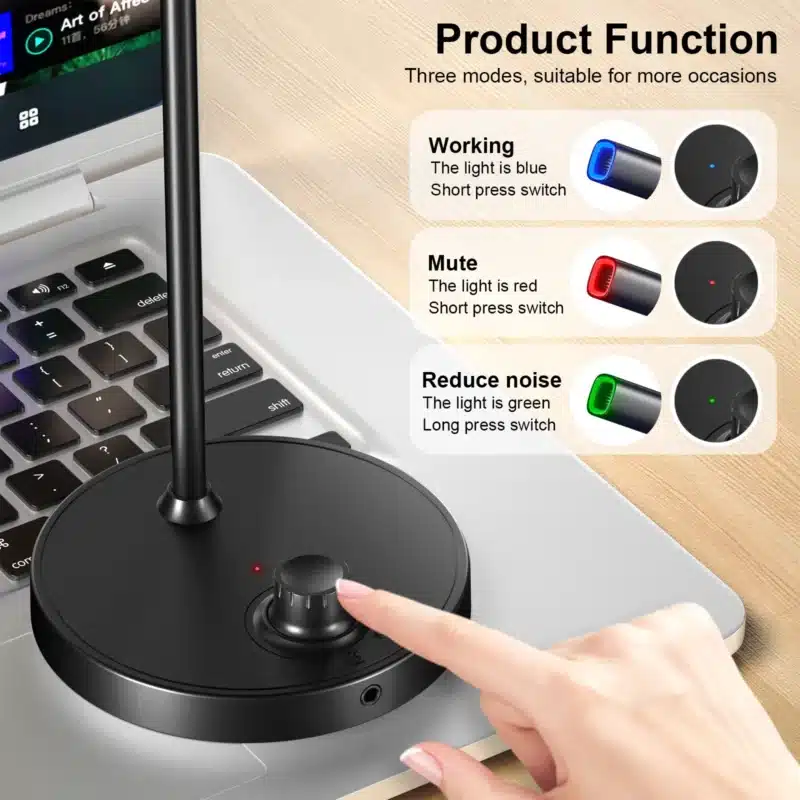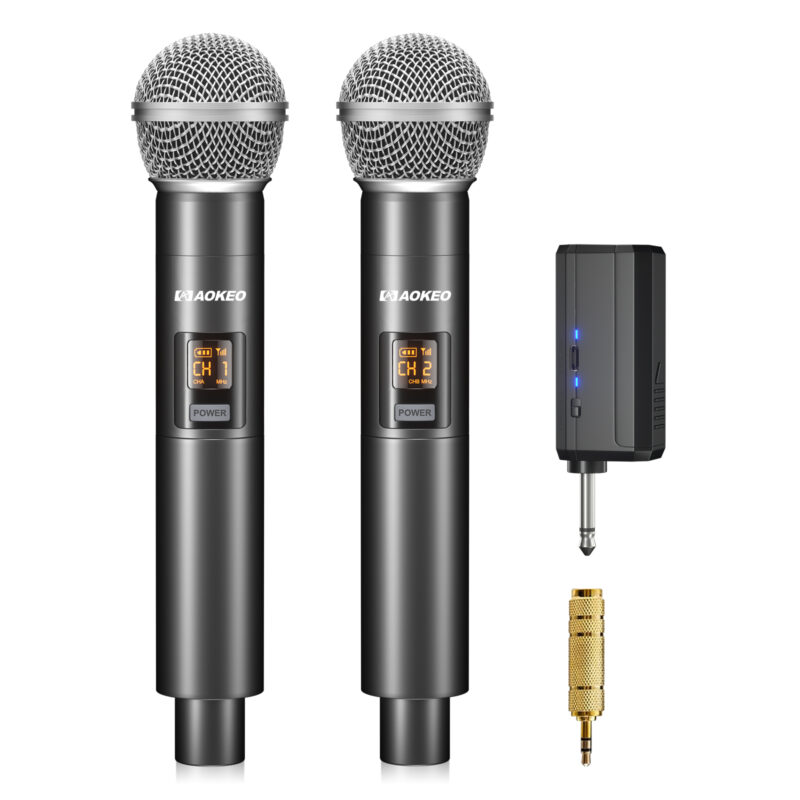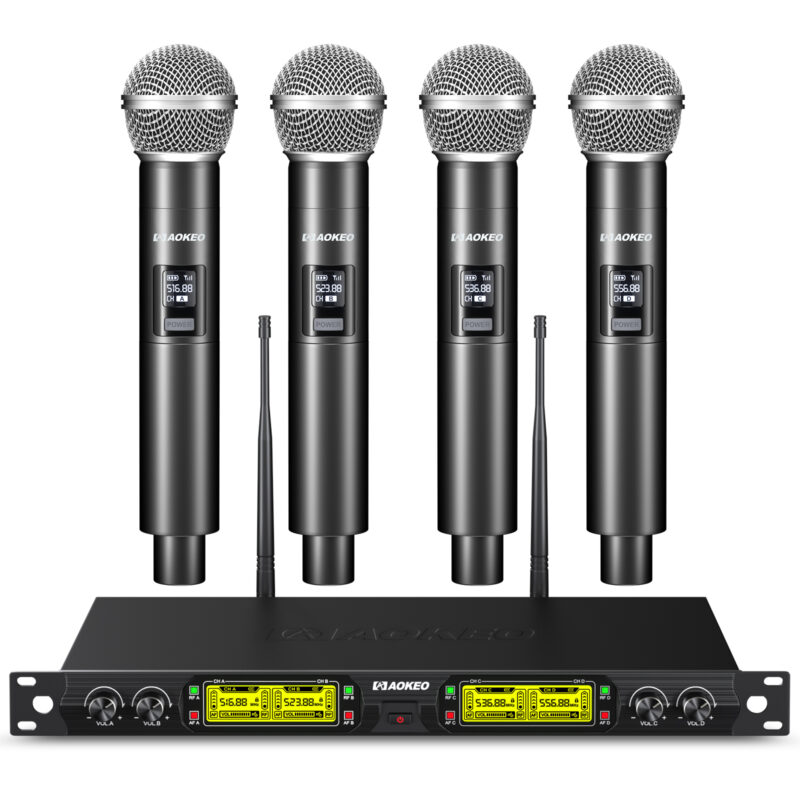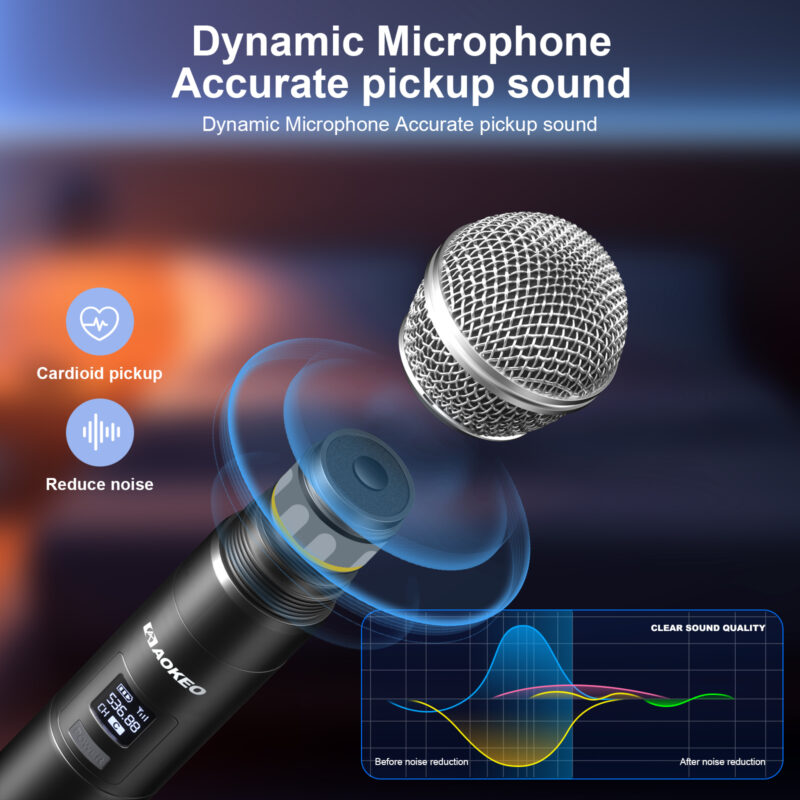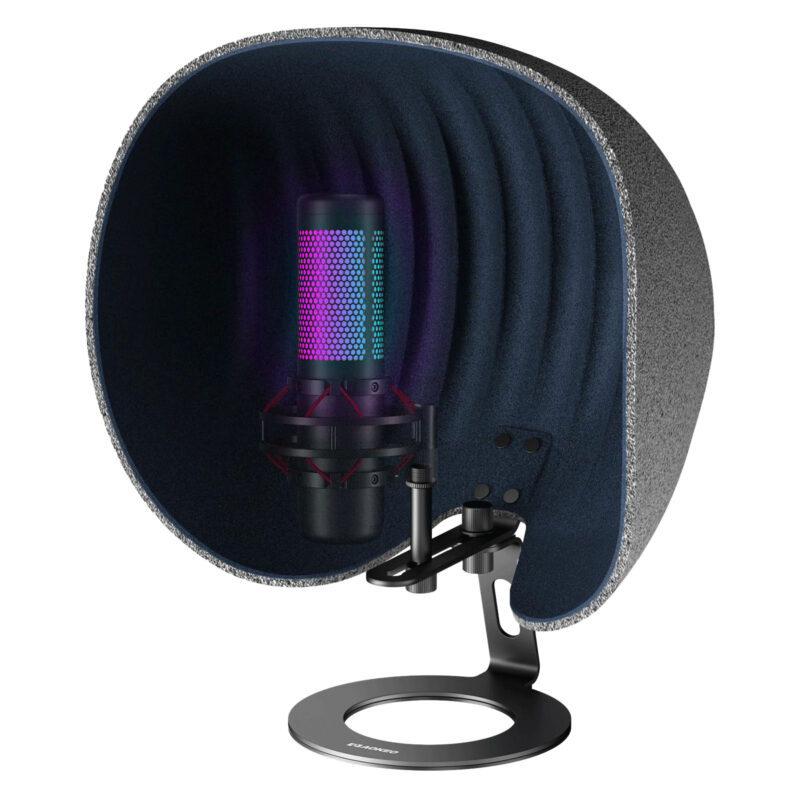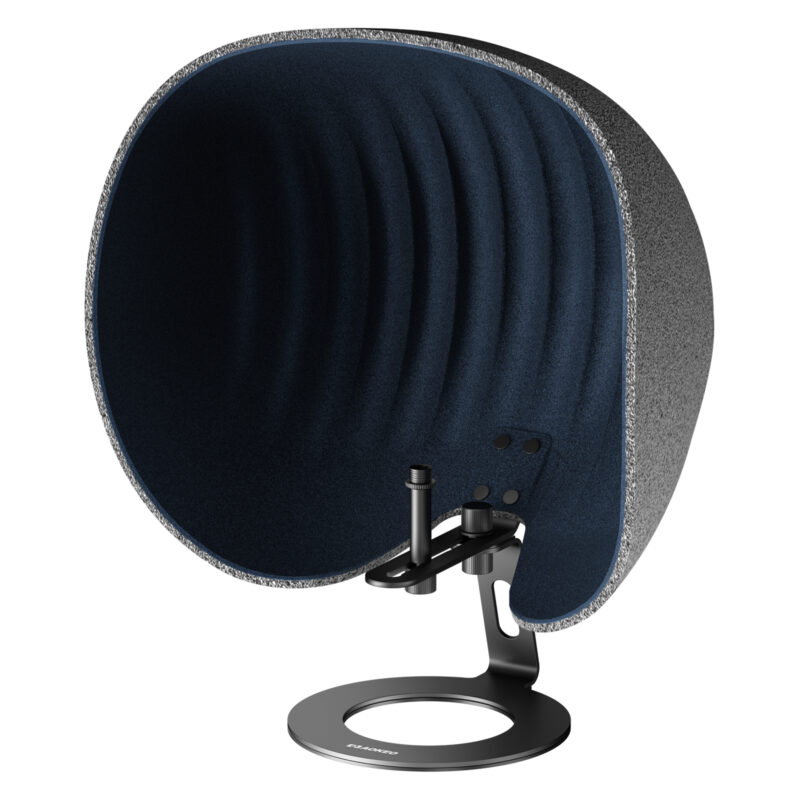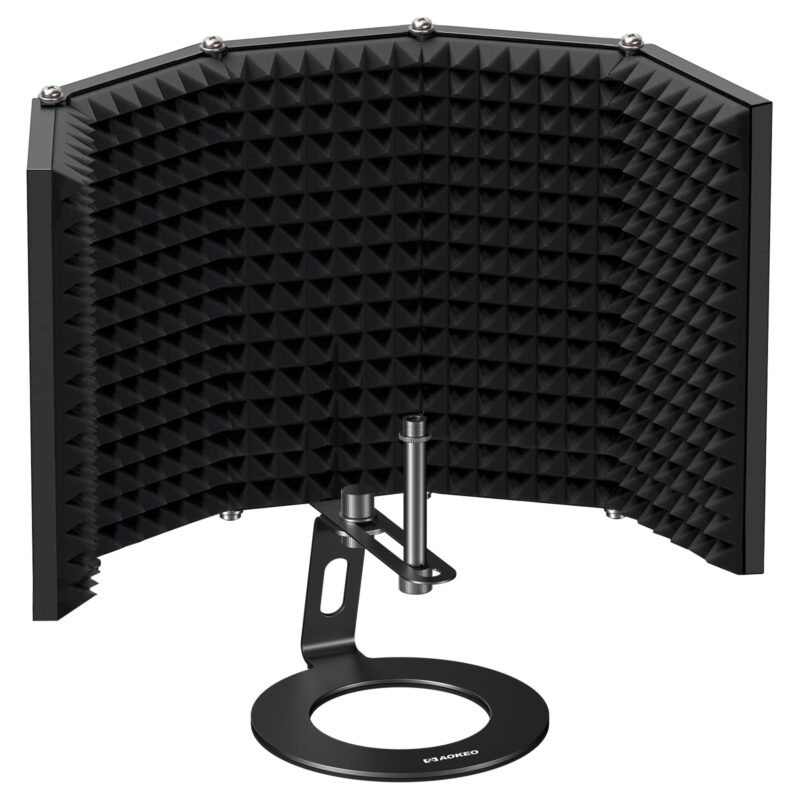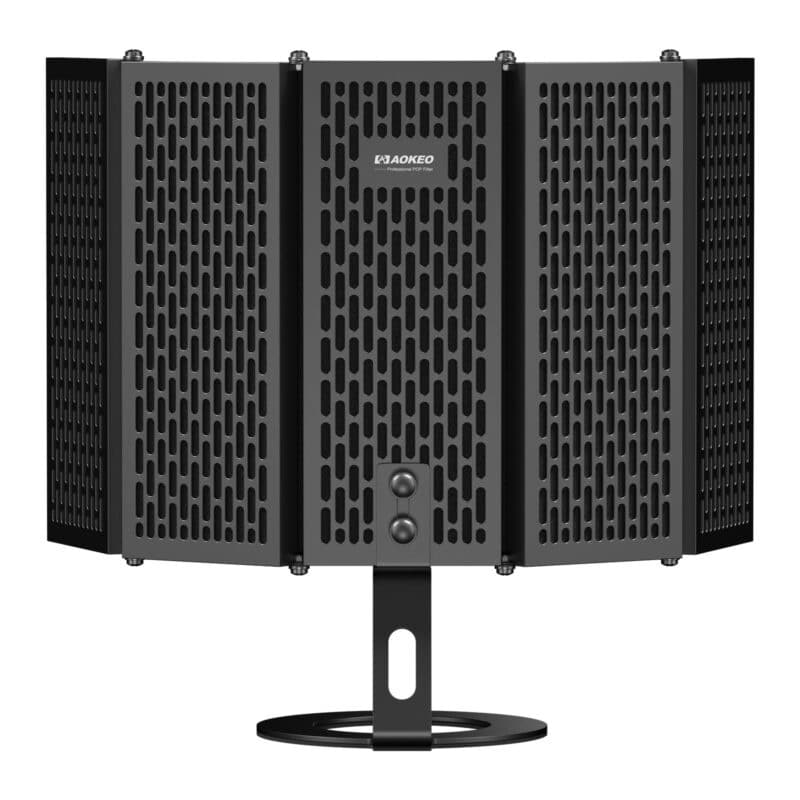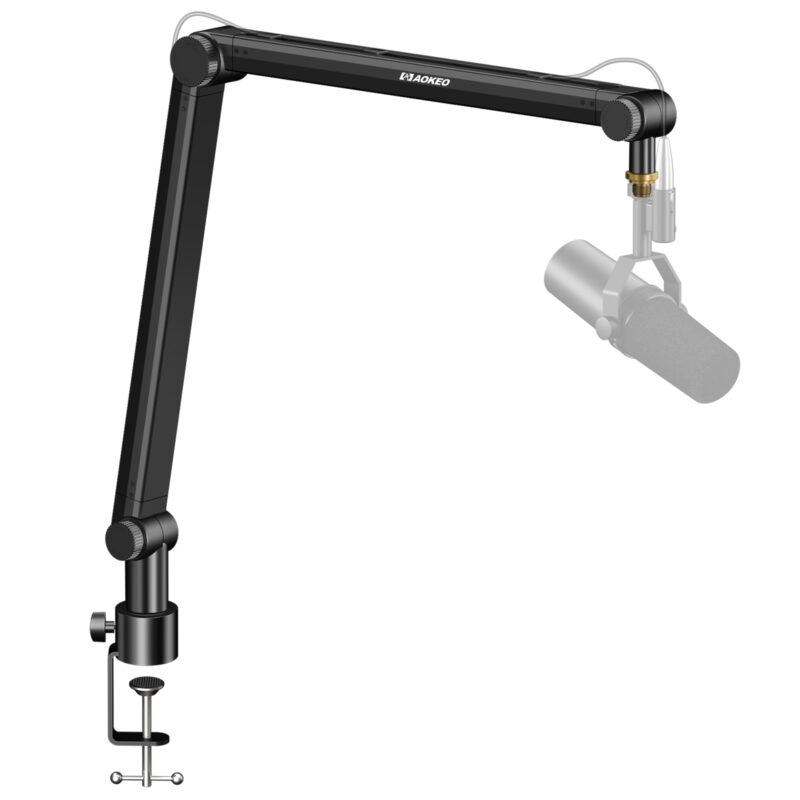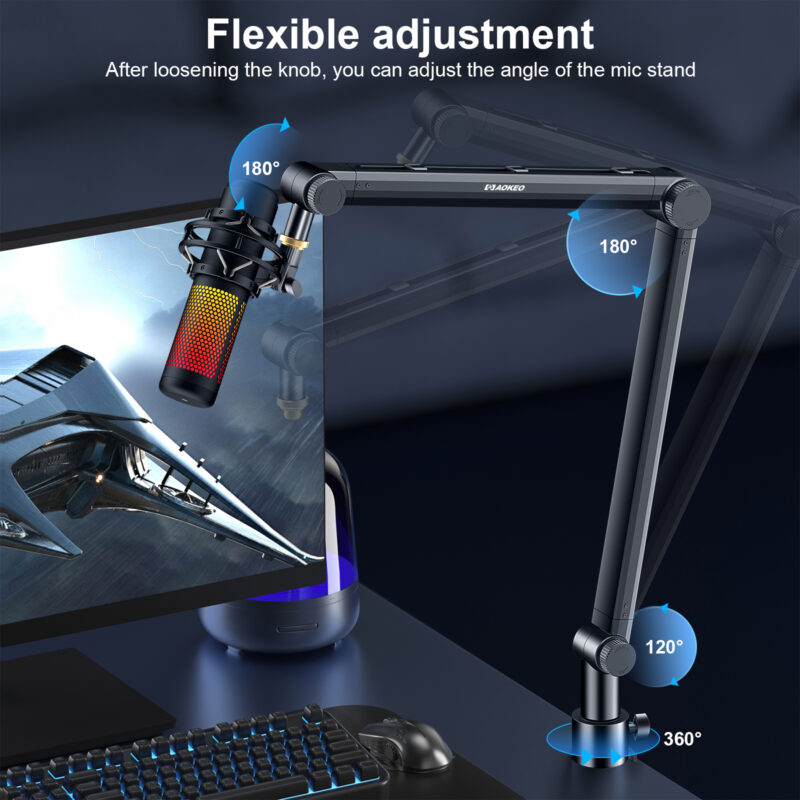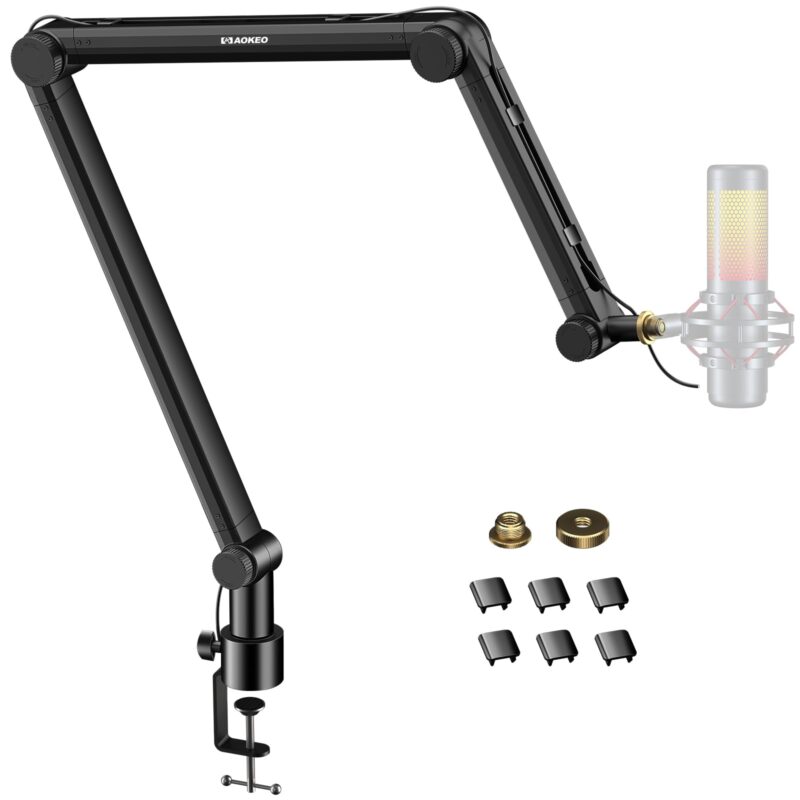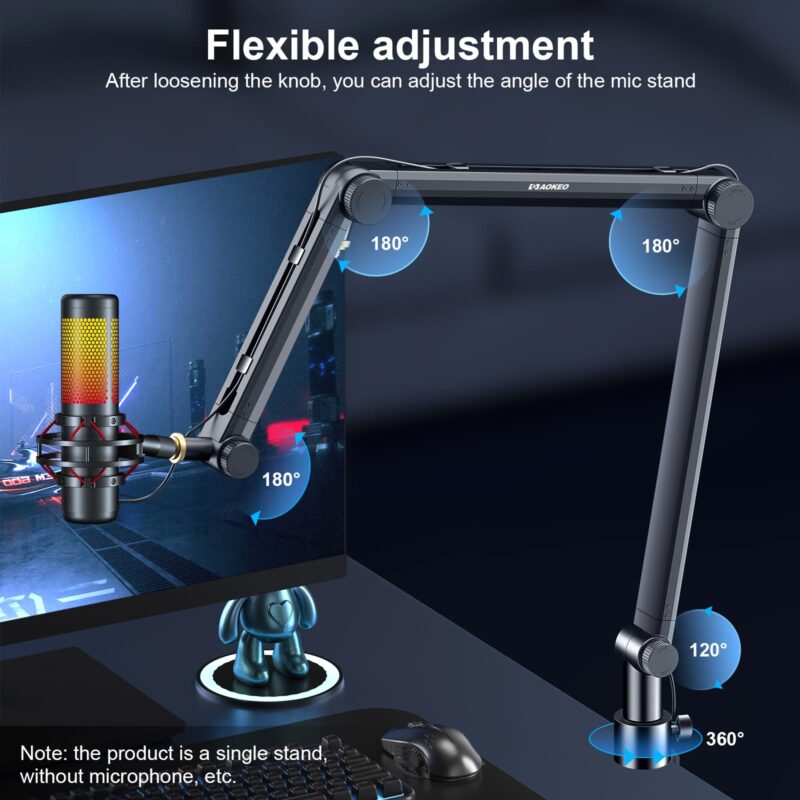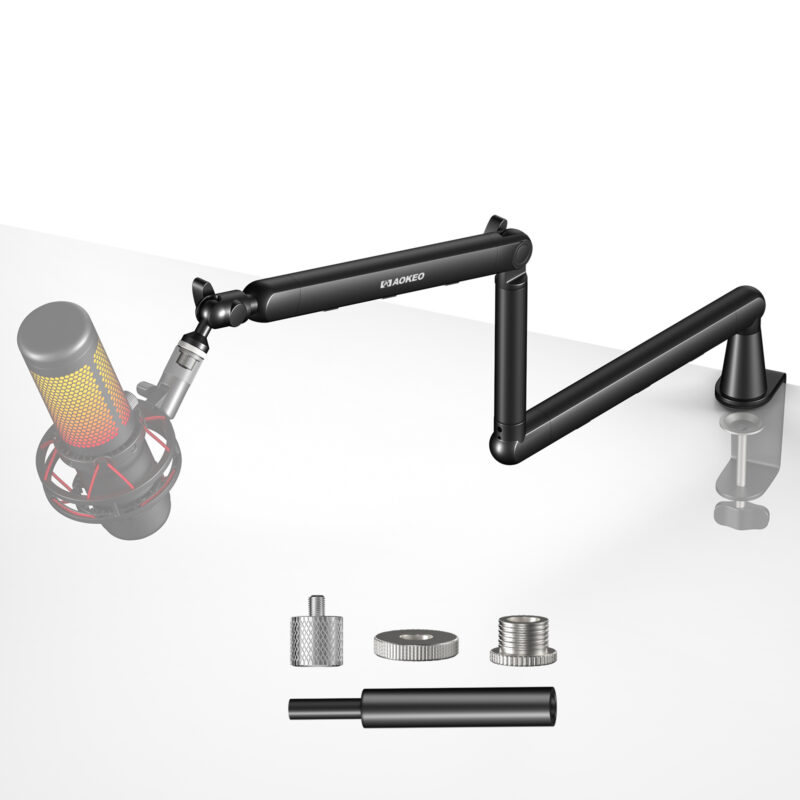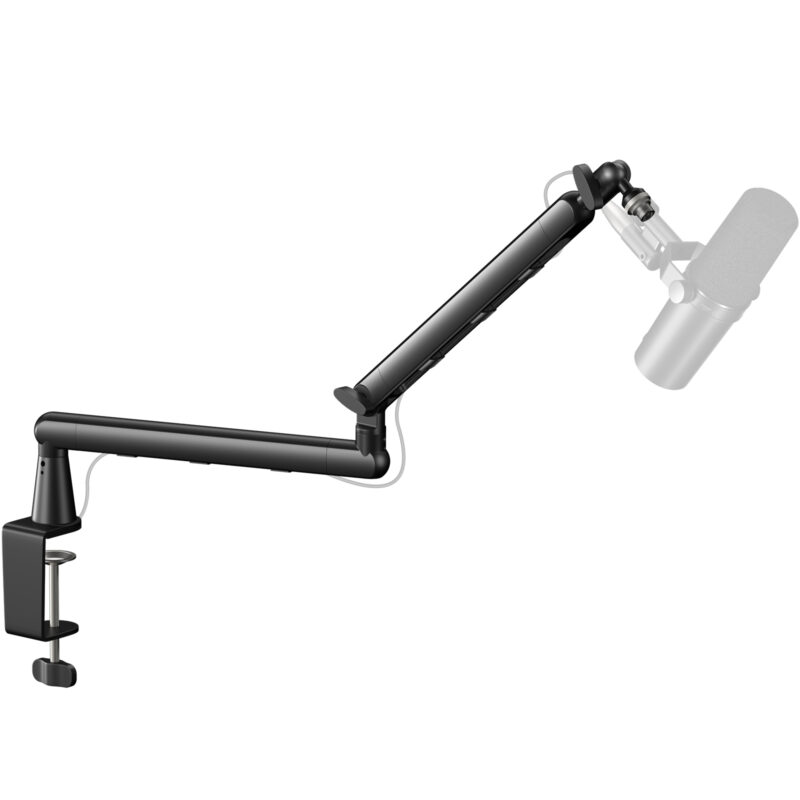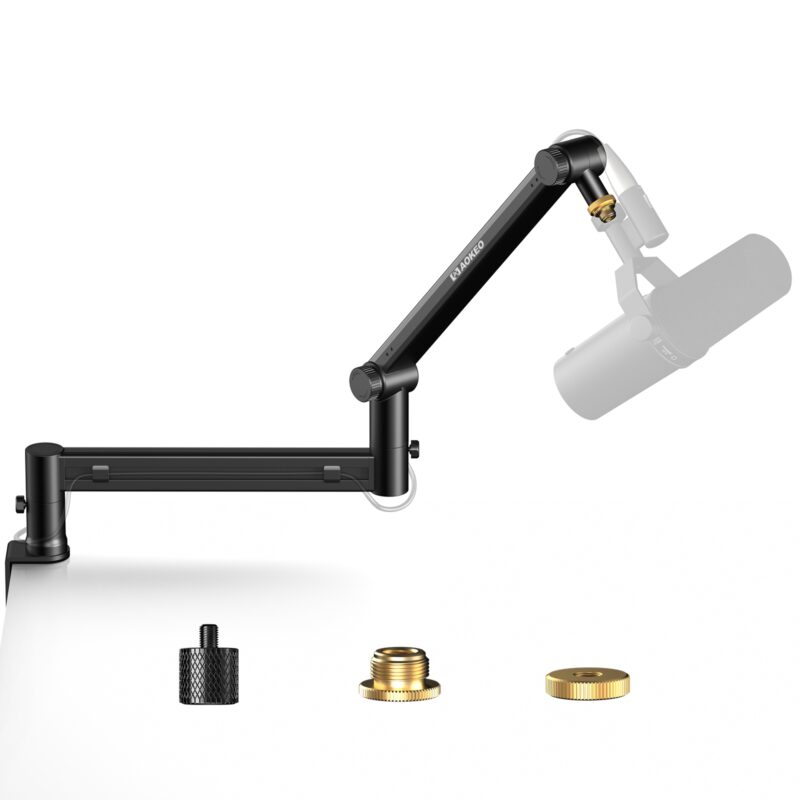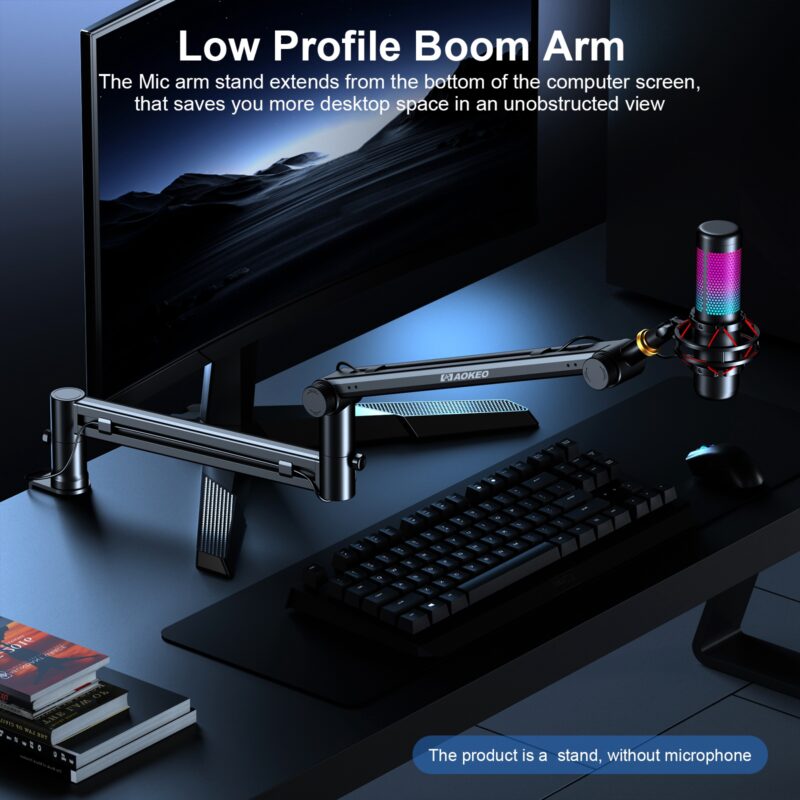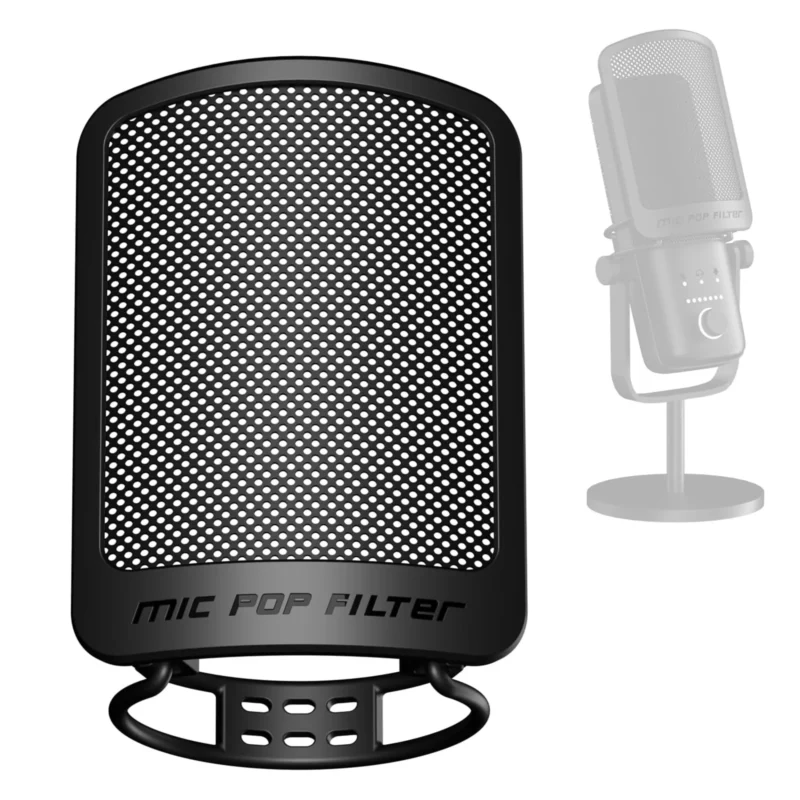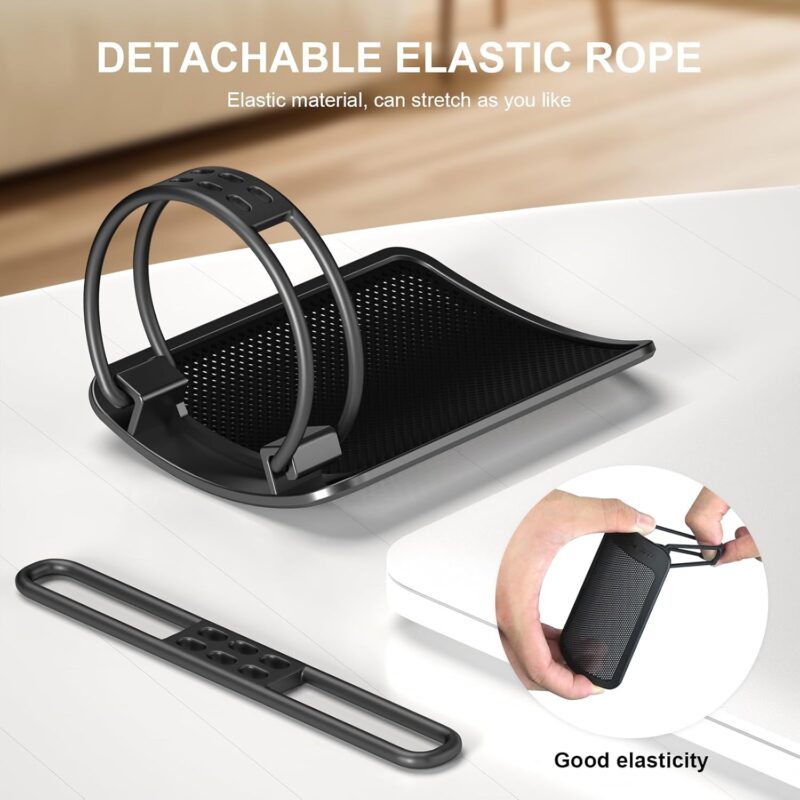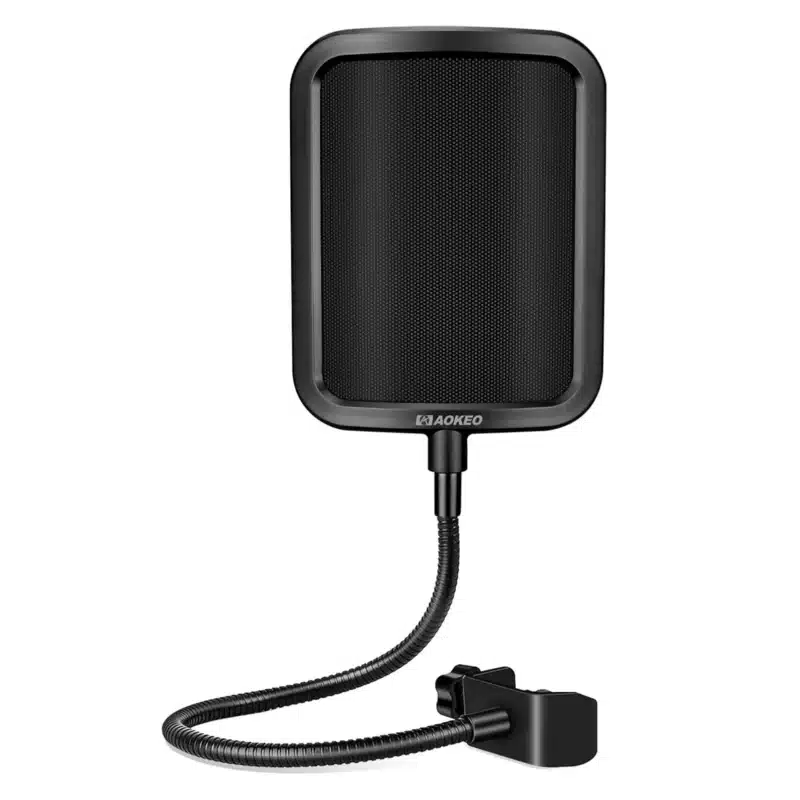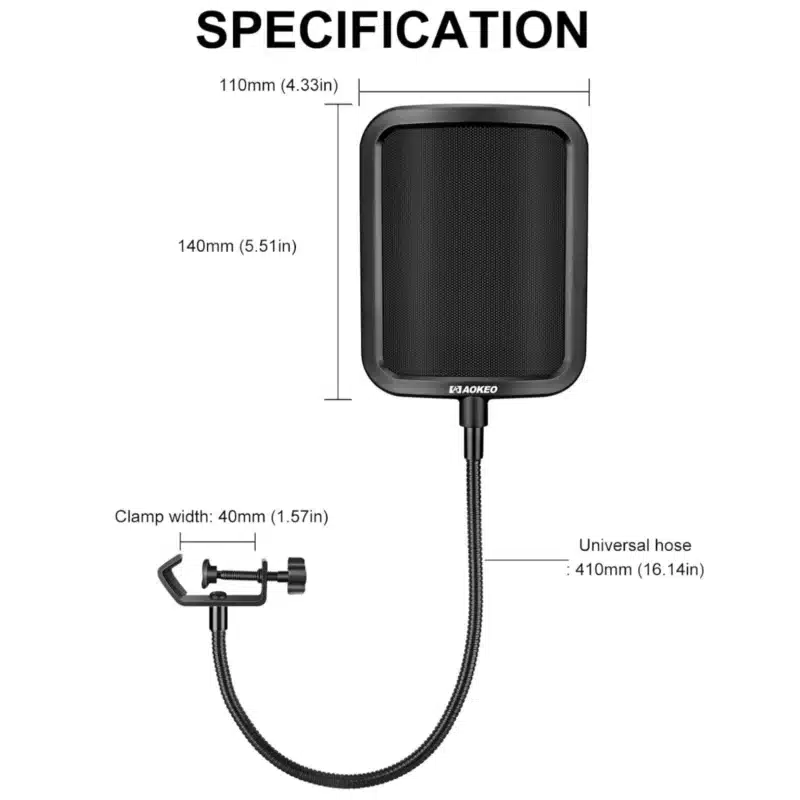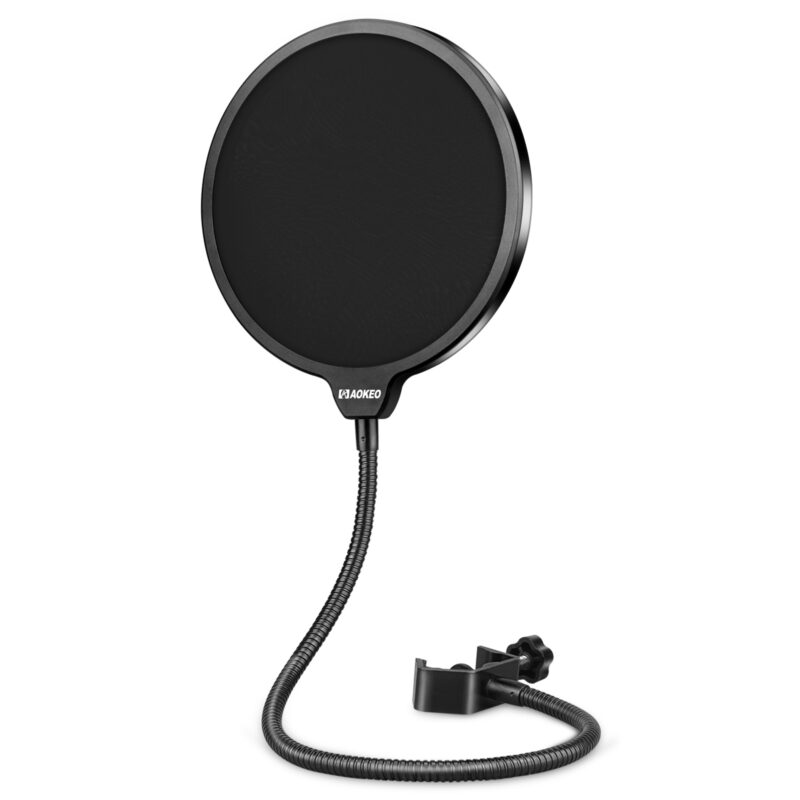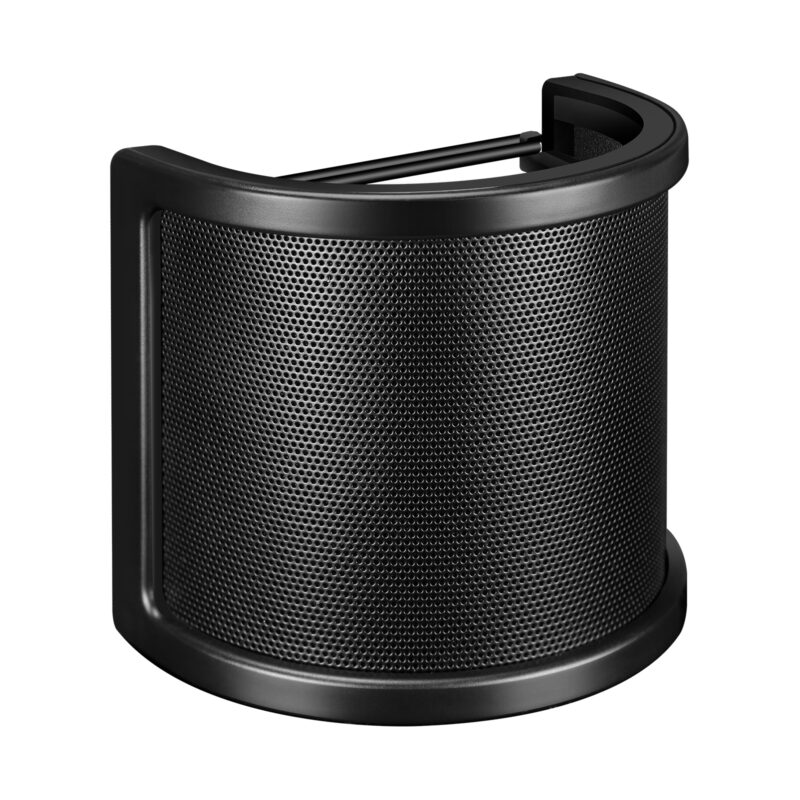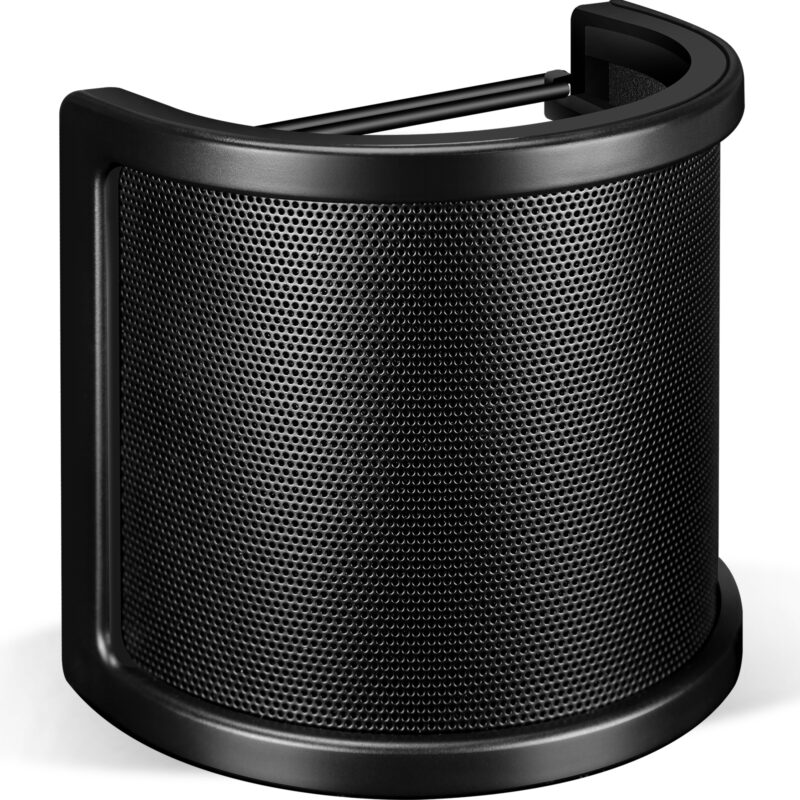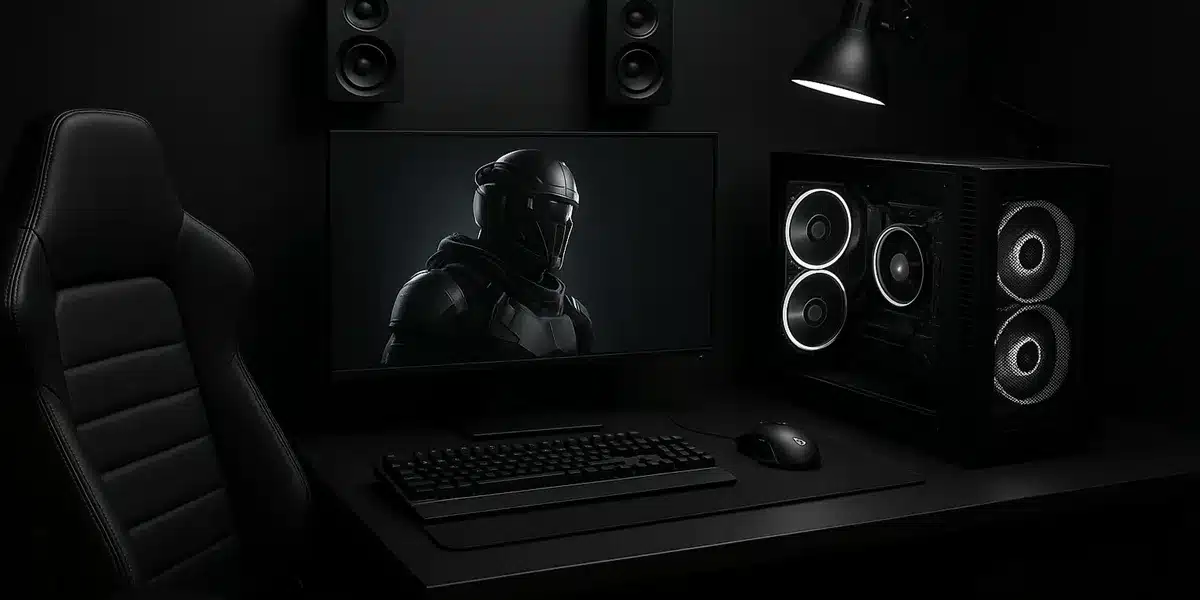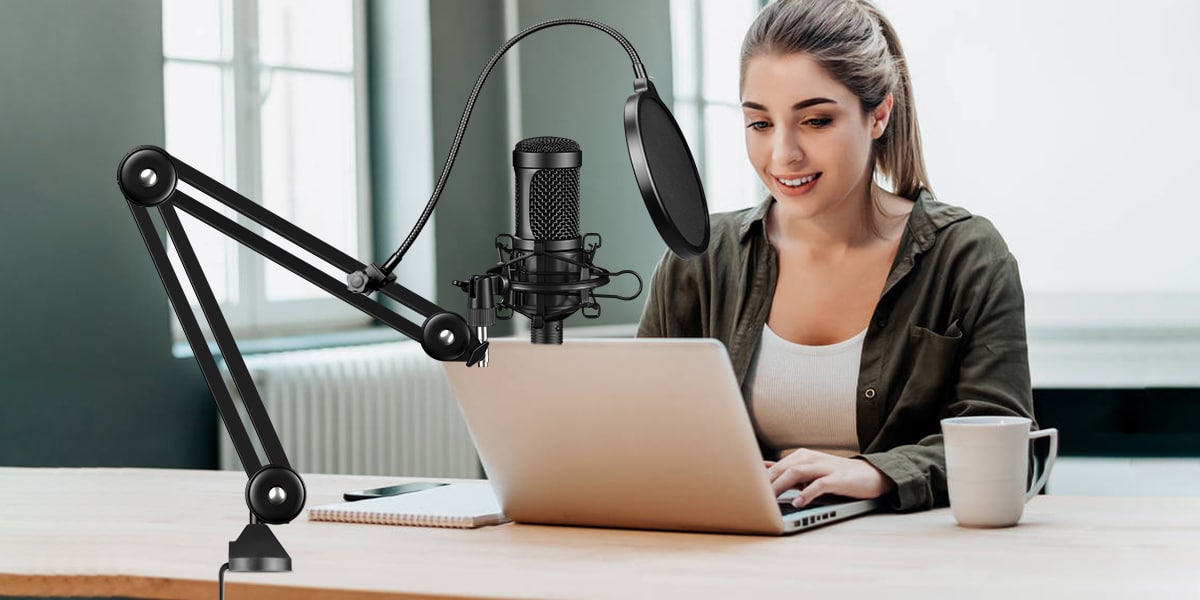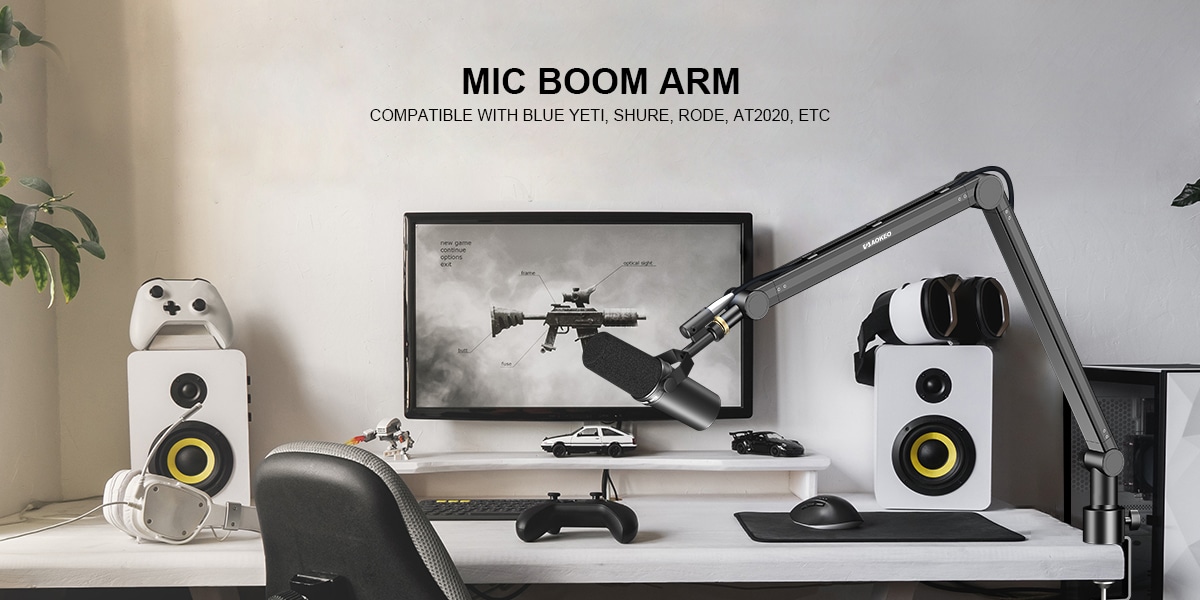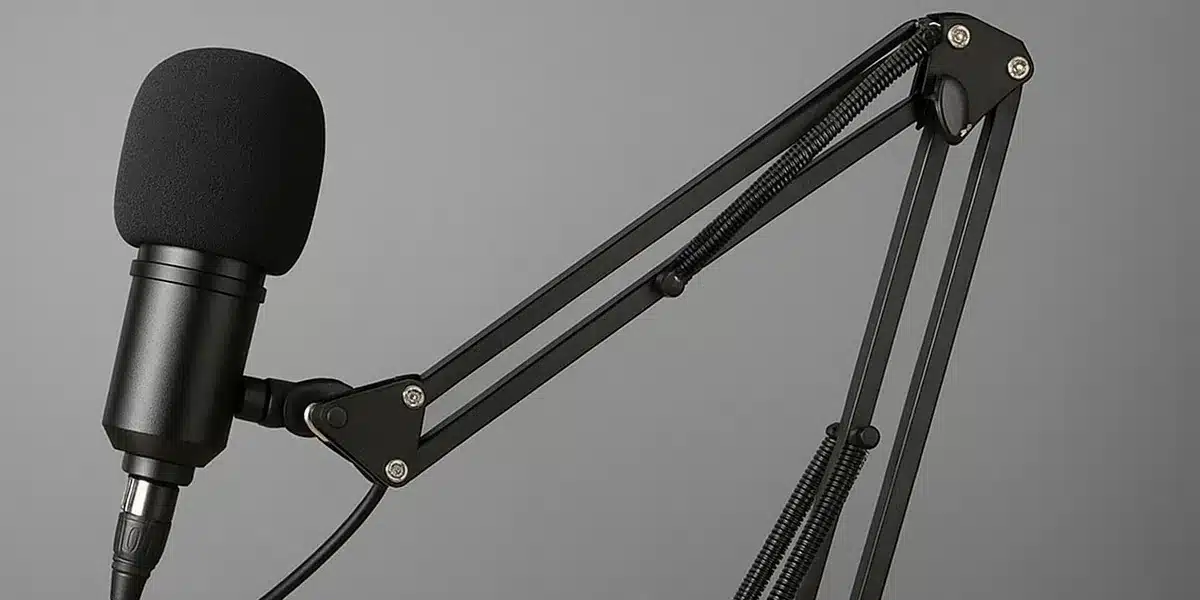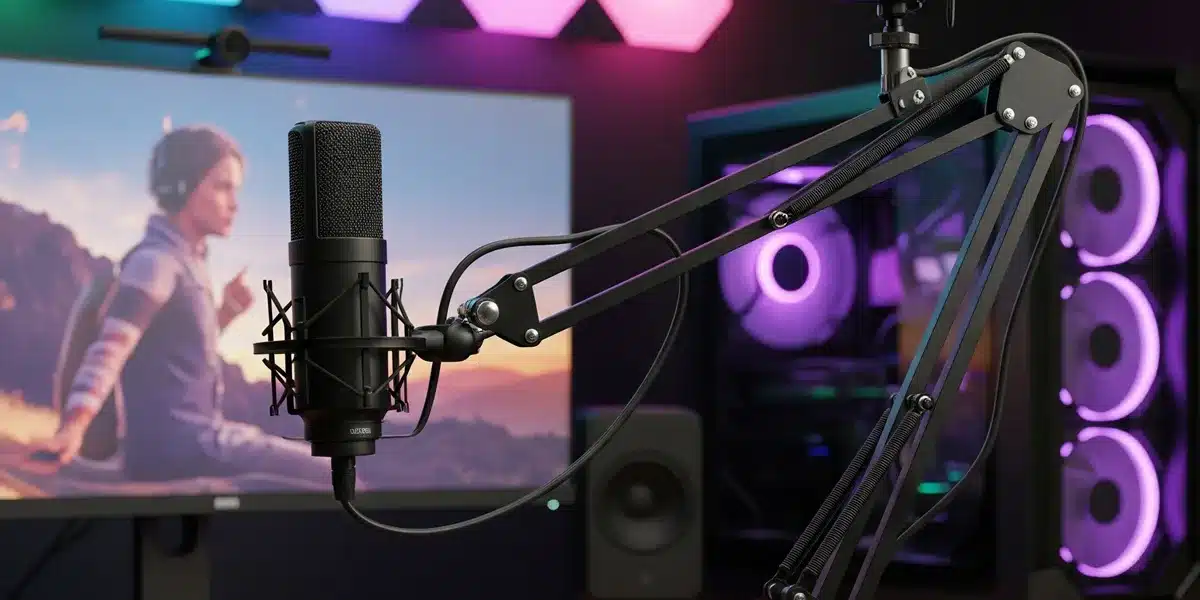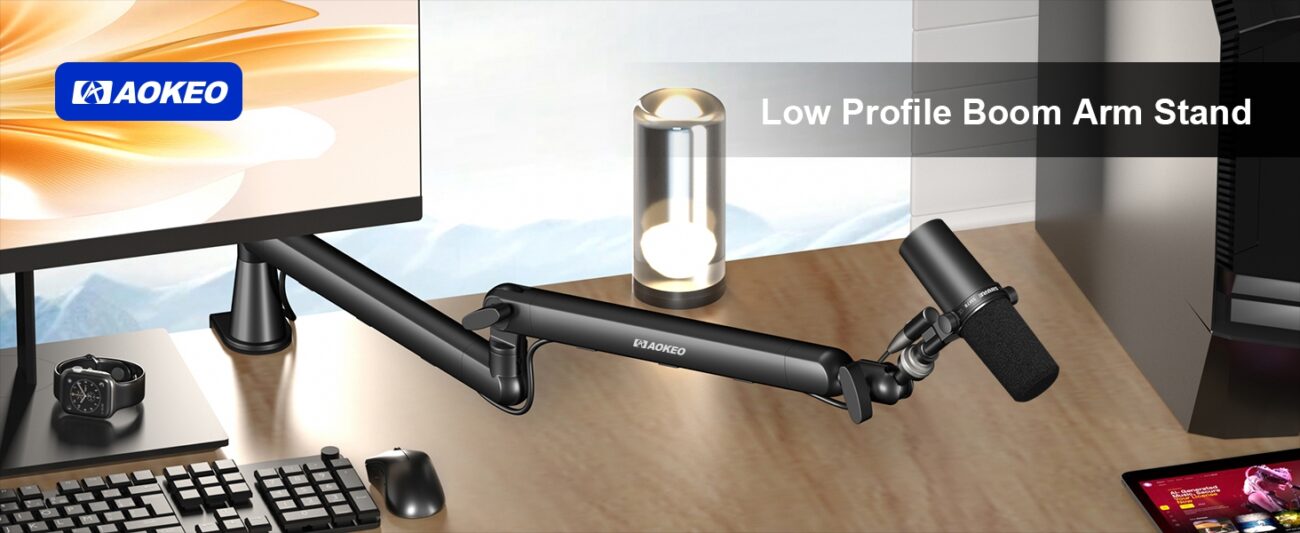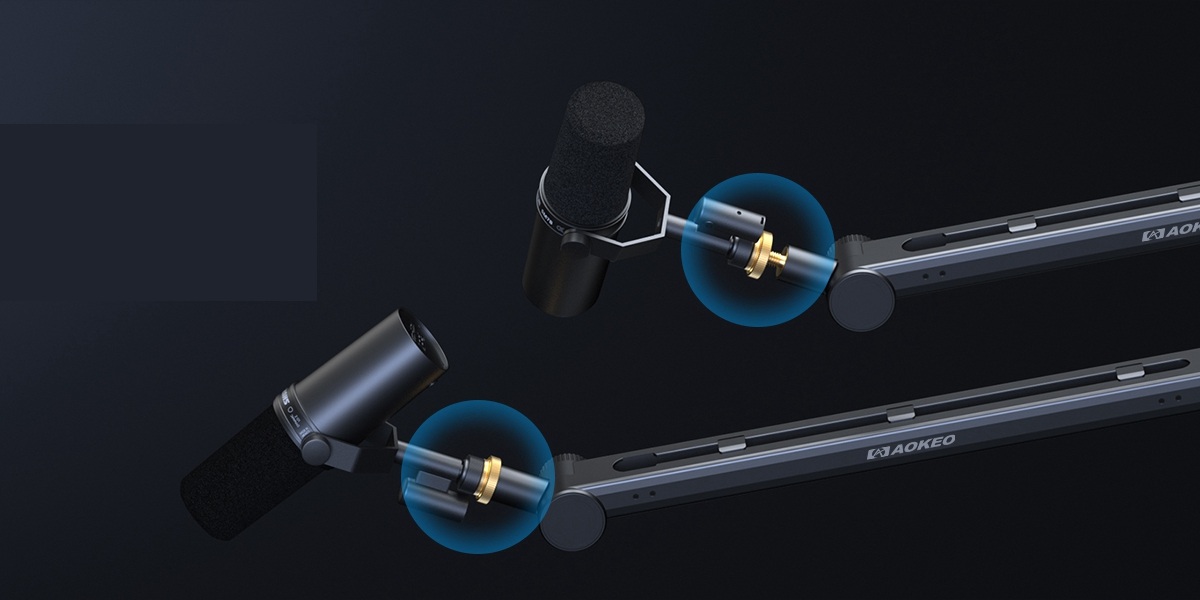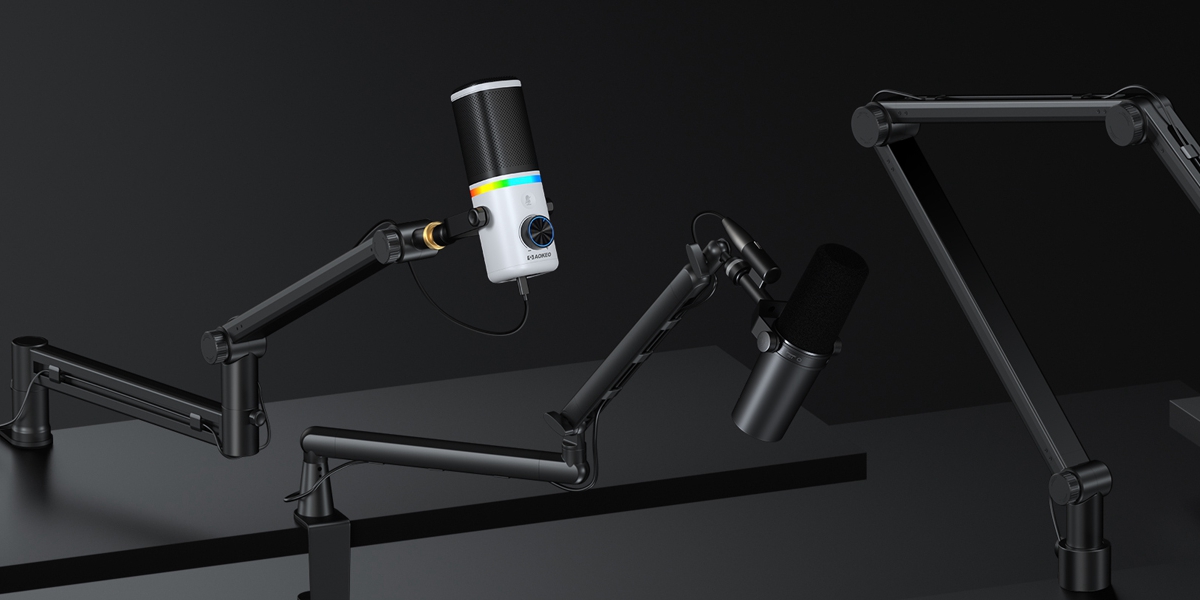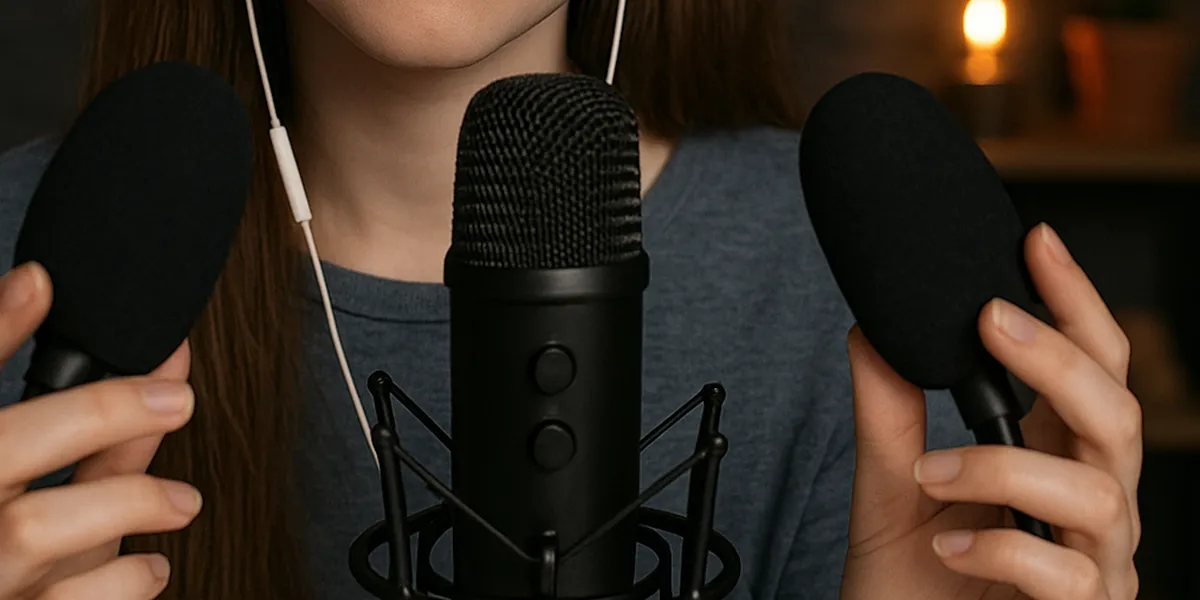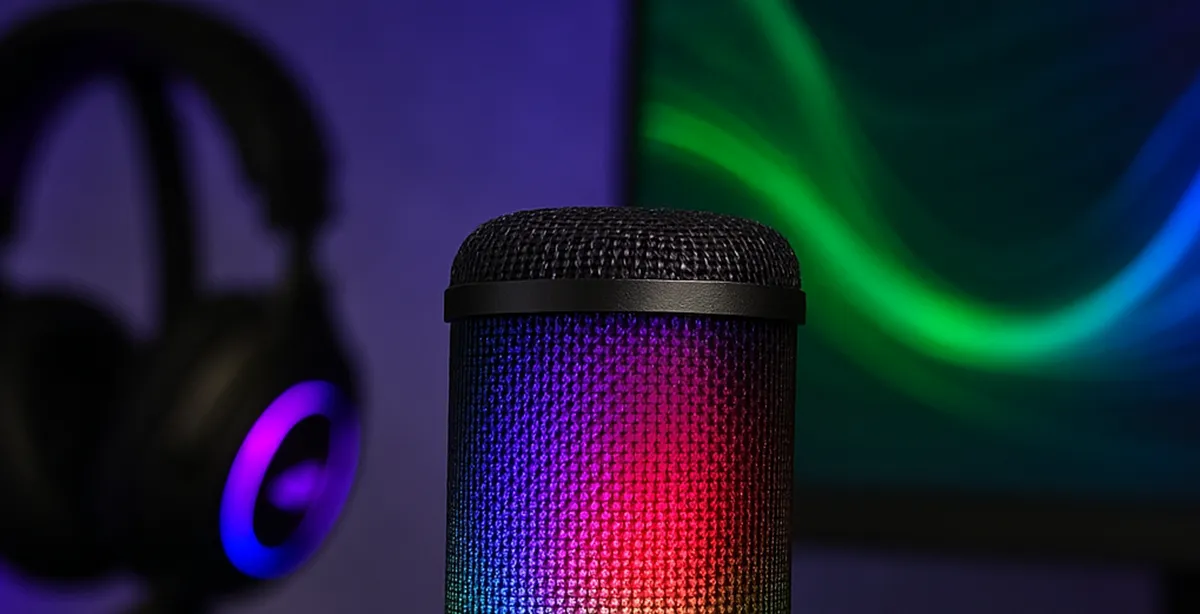How Can I Make My Mic Sound Better in Just 5 Steps?
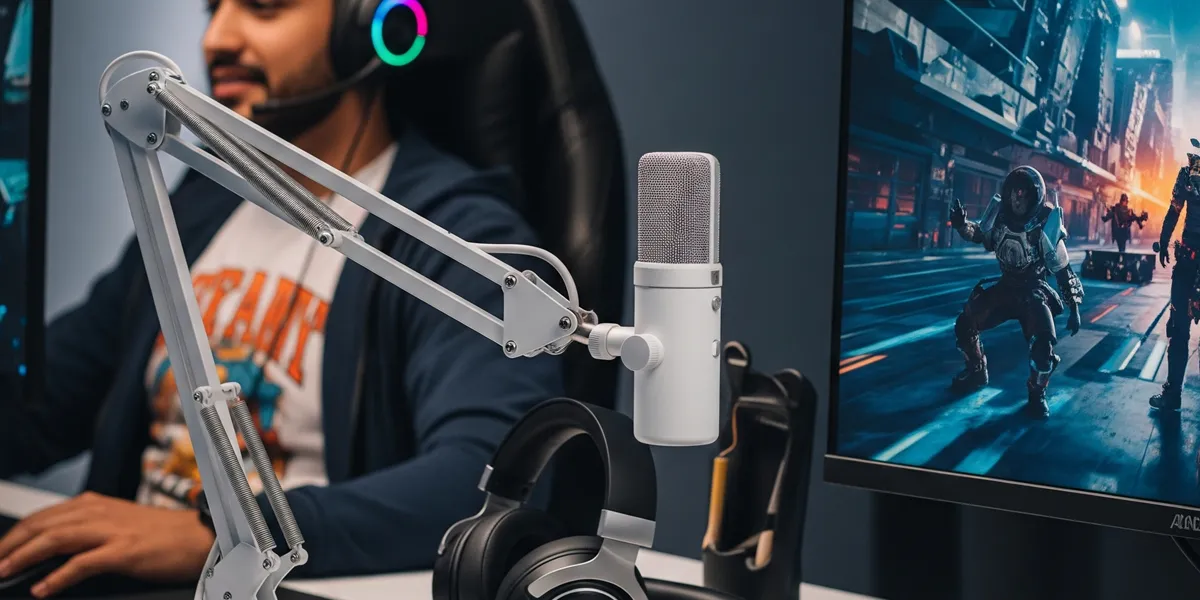
Are you tired of your voice sounding muffled, distant, or noisy during calls, streams, or recordings?
Poor sound quality can undermine your message, professionalism, and overall impact, leaving your audience straining to hear or, worse, clicking away. But what if we told you that achieving professional-grade microphone sound is simpler than you think? With Aokeo, you have the tools and the knowledge at your fingertips.
This guide will walk you through 5 essential steps to dramatically improve your microphone's sound quality, ensuring your voice is heard loud and clear every time.
Table of Contents
Step 1: Choose the Right Microphone for Your Needs
The journey to better audio begins with selecting the right microphone. Different microphones are designed for different purposes, and understanding their strengths will help you make an informed choice.
- Dynamic Microphones are robust and durable, making them excellent for loud environments like live vocals or instruments. They're great at rejecting background noise.
- Condenser Microphones are highly sensitive and capture intricate details, making them ideal for studio recording, crisp vocals, and professional podcasts.
- USB Microphones offer convenience and ease of use. They're plug-and-play, perfect for beginners, casual use, or anyone needing a quick setup.
- XLR Microphones represent the professional standard, offering superior sound quality and flexibility, though they require an audio interface for connectivity.
Aokeo offers a diverse range of microphones, from our plug-and-play USB mics for everyday use to our studio-grade condenser options for serious creators. Consider your primary purpose - gaming, podcasting, streaming, or music - along with your budget and preferred connectivity when making your selection.
AK-1i USB Mic
AK2 USB Conference Mic
Aokeo PG58-2
Aokeo V400
Step 2: Optimize Your Recording Environment
Even the best microphone won't sound great in a poor environment. Your surroundings play a crucial role in the final audio quality.
- Minimize Background Noise: Before you even hit record, take a moment to silence your space. Close windows and doors to block out external sounds. Turn off noisy appliances like fans, air conditioners, or refrigerators. Don't forget to silence notifications on your phone and computer.
- Control Room Acoustics: Hard, reflective surfaces like bare walls, glass, and tile can cause echoes and reverb, making your audio sound distant and unprofessional. Introduce soft furnishings such as curtains, rugs, blankets, and pillows, which absorb sound and reduce unwanted reflections. Avoid recording in empty, hard-surfaced rooms (like bathrooms or kitchens) if possible. For a more dedicated setup, consider DIY acoustic treatment using foam panels, heavy blankets or isolation shields to dampen reflections and focus your sound.
- The "Dead" Space Concept: Your goal is to create a space that sounds "dead" or dry. This means minimizing any natural echo or reverb in the room. A dry recording is much easier to clean up and enhance in post-production than one plagued by room reflections.
Aokeo Shell Shape Acoustic Shield
AO-505 Mic Shield
AO-504 Mic Shield
Step 3: Master Proper Microphone Placement
Once your environment is ready, how you position your microphone makes a world of difference.
- Proximity Effect Explained: This phenomenon means the closer you are to the microphone, the more bass response you'll get, resulting in a richer, fuller voice. Use this to your advantage for a warm vocal tone, but be mindful of plosives (harsh "P" and "B" sounds).
- Optimal Distance: Generally, a distance of 6 to 12 inches from your mouth is a good starting point for most microphones. Experiment within this range to find the sweet spot that captures your voice clearly without excessive breath sounds or room noise.
- Angle and Direction: Most microphones have a "sweet spot" where they pick up sound best, often directly at the front for cardioid (heart-shaped pickup pattern) microphones. Speak directly into this area. However, angling slightly off-axis can help reduce harsh plosives and sibilance ("S" sounds) without sacrificing clarity.
- Use a Pop Filter: This is an essential accessory! A pop filter (a mesh screen placed between you and the mic) prevents those harsh "p" and "b" sounds from overloading the microphone and creating distracting "pops" in your audio. Aokeo offers excellent pop filters designed to integrate seamlessly with your setup.
- Mic Boom Arm: A boom arm allows for precise positioning of your microphone, keeping it off your desk and reducing vibrations while freeing up valuable desk space. This is especially useful for maintaining consistent distance and angle.
- Shock Mount: A shock mount suspends the microphone, isolating it from vibrations and rumble transmitted through your desk or stand. This prevents unwanted thumps or knocks from being picked up.
AK-48 Mic Arm
AK49 Mic Arm
AK55 Low Profile Mic Arm
AK58 Low Profile Mic Arm
Aokeo B8-pop
Aokeo F-pop
Aokeo O-Pop
Aokeo U-pop
Step 4: Adjust Your Software Settings
Your microphone's hardware is only half the battle; software settings are equally important for fine-tuning your sound.
- Microphone Gain/Input Level: This controls how sensitive your microphone is. Set it so your voice is strong and clear, but crucially, ensure it doesn't "clip" or distort (often indicated by red lines on your audio meters). Too low, and your signal will be weak and noisy; too high, and you'll get unpleasant distortion.
- Noise Gate: A noise gate mutes your microphone when the input falls below a certain threshold. This is incredibly useful for eliminating constant background hums or computer fan noise when you're not speaking. Be cautious when setting it, as an overly aggressive noise gate can cut off the beginning or end of your words.
- Equalization (EQ): EQ allows you to boost or cut specific frequencies in your voice. Boost frequencies that make your voice clear and present (often in the mid-range). Cut frequencies that cause muddiness (excessive bass) or harshness (piercing highs). A common tip: a slight cut around 200-300 Hz can reduce muddiness, while a slight boost around 2-4 kHz can add clarity and presence.
- Compression (Basic): Compression reduces the dynamic range of your audio, making the loud parts quieter and the quiet parts louder. The result is a more consistent and polished volume level, preventing sudden jumps or drops in your voice.
Step 5: Post-Processing for Polish (Optional but Recommended)
While the previous steps focus on capturing the best possible raw audio, post-processing can take your sound from good to truly professional.
- Noise Reduction: Use dedicated software tools (like Audacity, Adobe Audition, or other digital audio workstations) to analyze and remove consistent background noise that might have slipped through.
- De-Essing: This process specifically targets and reduces harsh "s" sounds (sibilance) that can be distracting and unpleasant to listen to.
- Final EQ & Compression: After initial cleanup, apply subtle, final adjustments to your EQ and compression to further refine the overall tone and consistency of your voice.
- Normalization/Loudness: Finally, adjust the overall volume of your track to a standard level for playback. This ensures your audio isn't too quiet or too loud compared to other content.
While Aokeo microphones and accessories provide an excellent starting point for high-quality sound, these post-processing steps can elevate your sound to a professional standard, making your content shine.
Conclusion
Achieving incredible audio quality doesn't require a professional studio or an engineering degree. By choosing the right Aokeo microphone and accessories, optimizing your recording environment, mastering proper microphone placement, adjusting your software settings, and applying a touch of post-processing, you can dramatically transform your sound. Clear, crisp audio enhances your message, engages your audience more effectively, and ultimately elevates the quality of your content, whether you're streaming, podcasting, or just chatting with friends.
